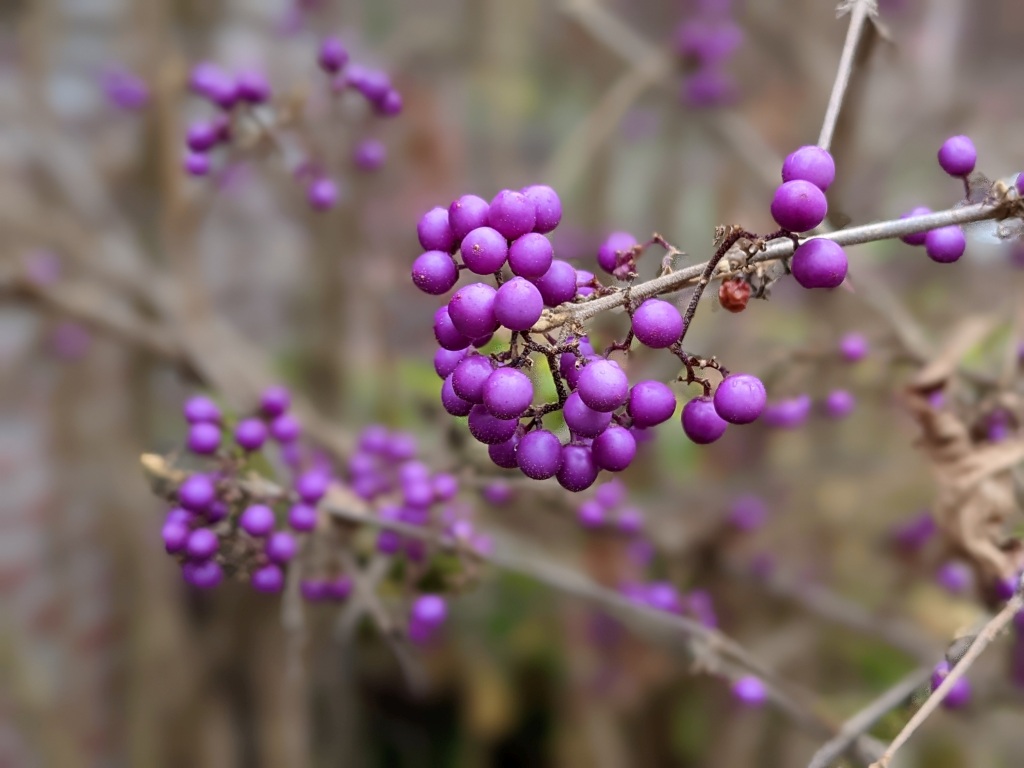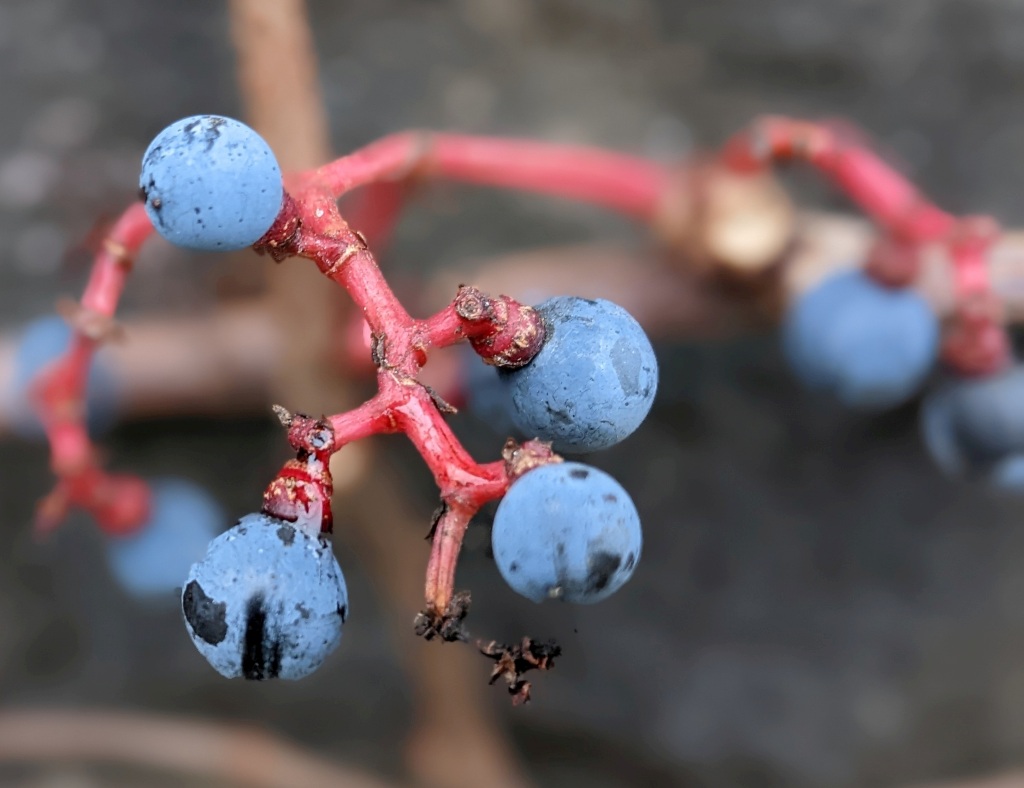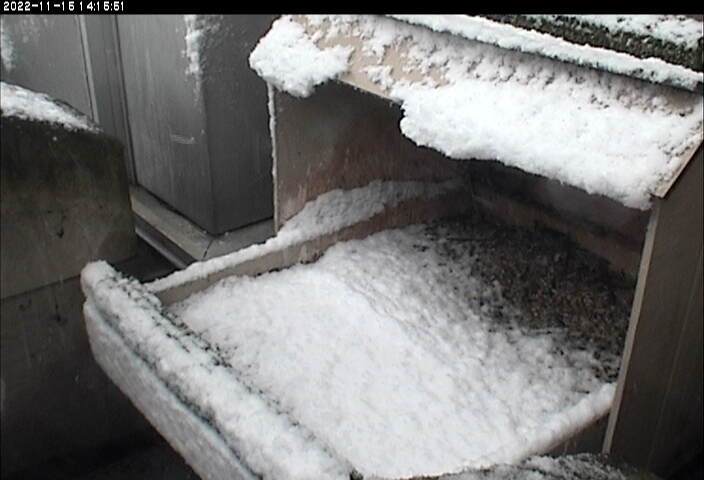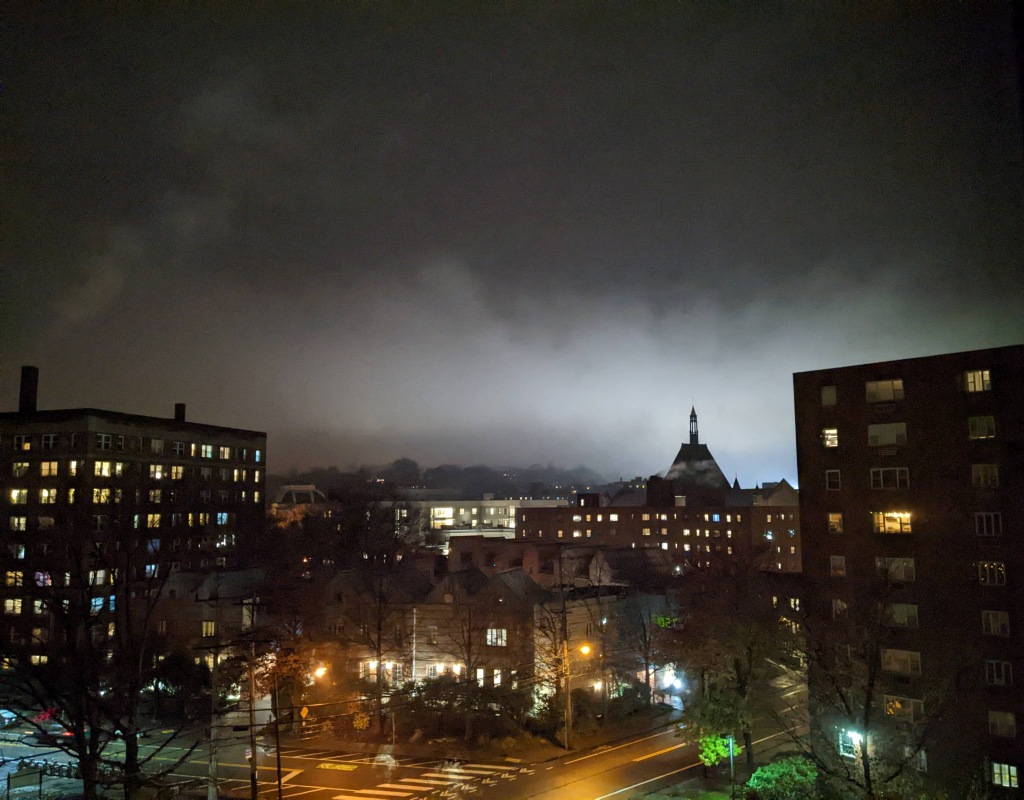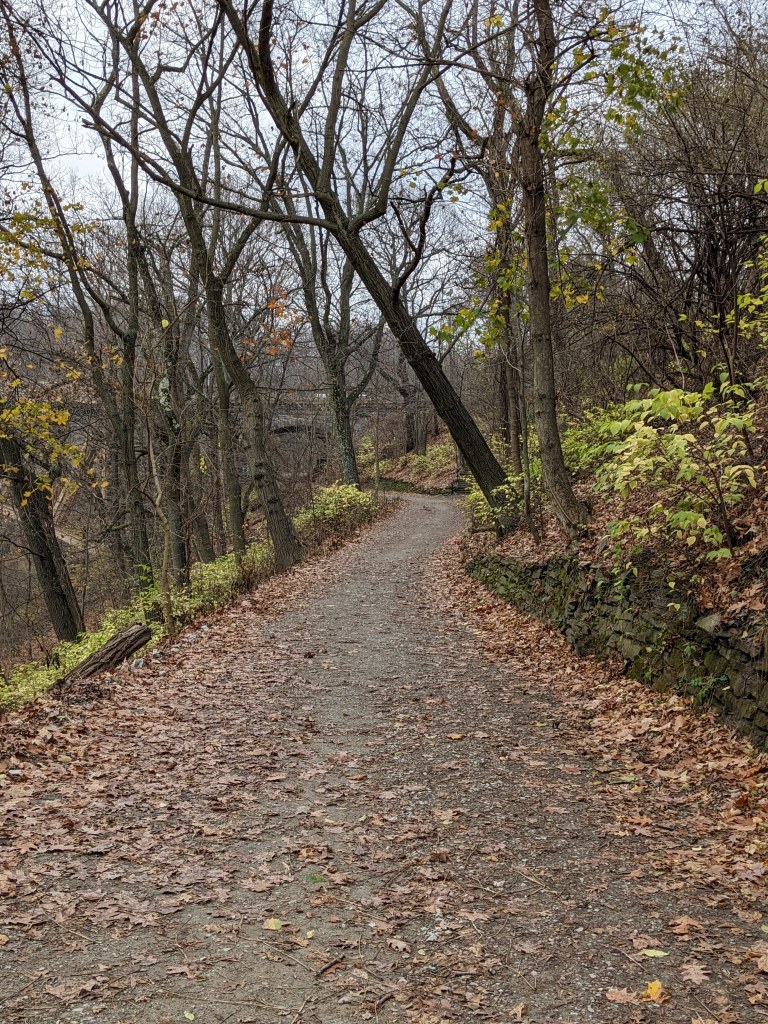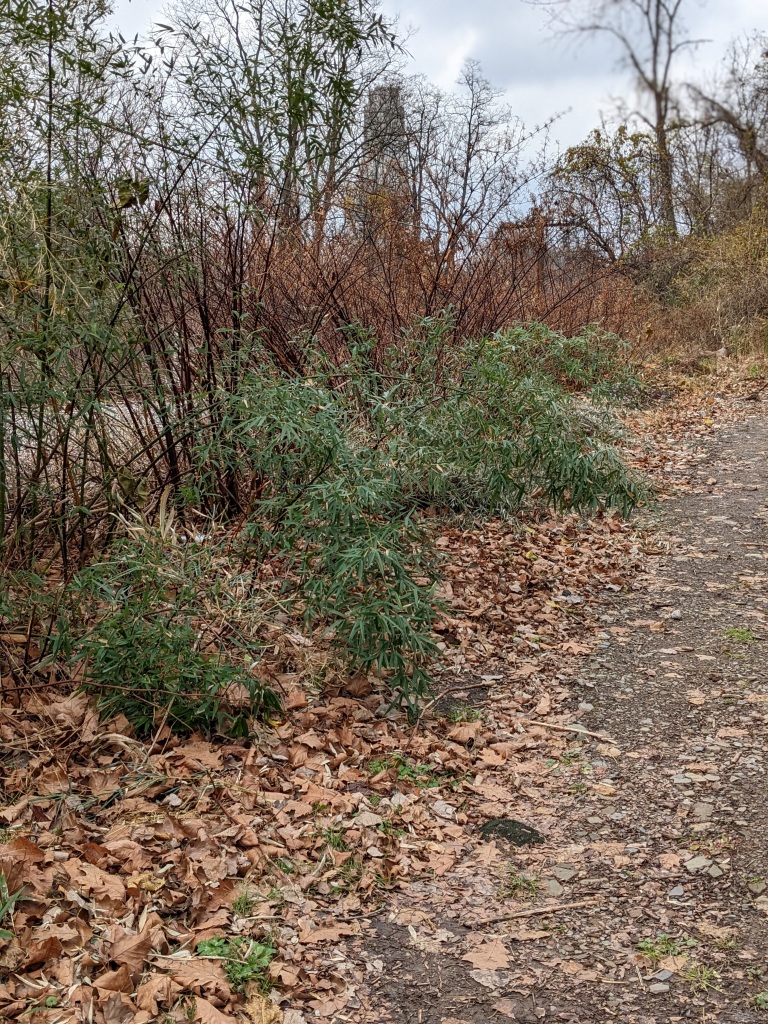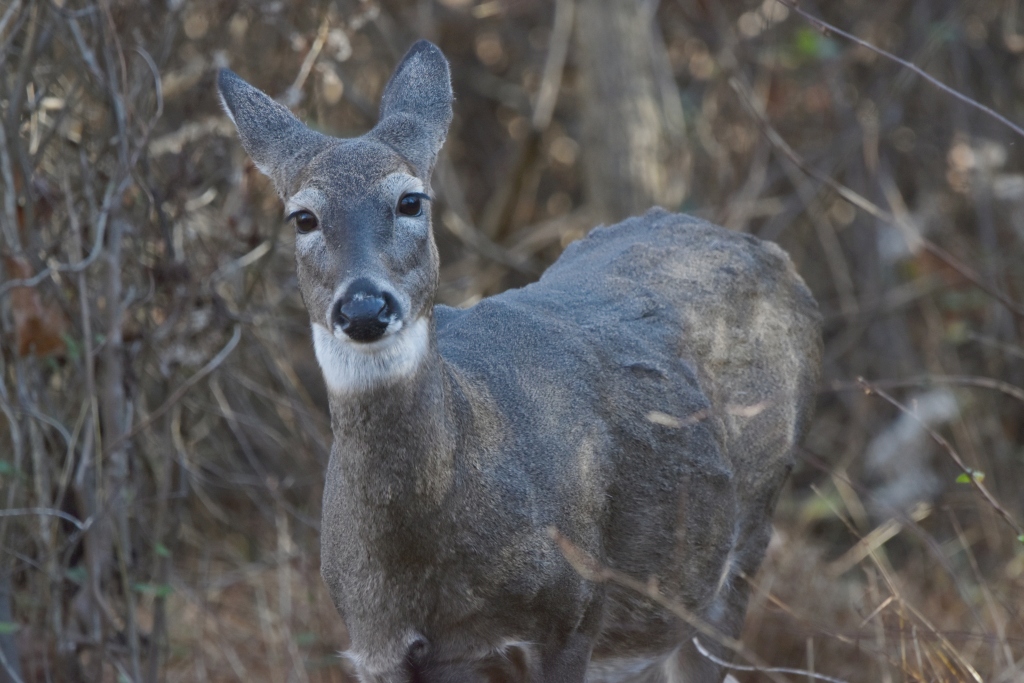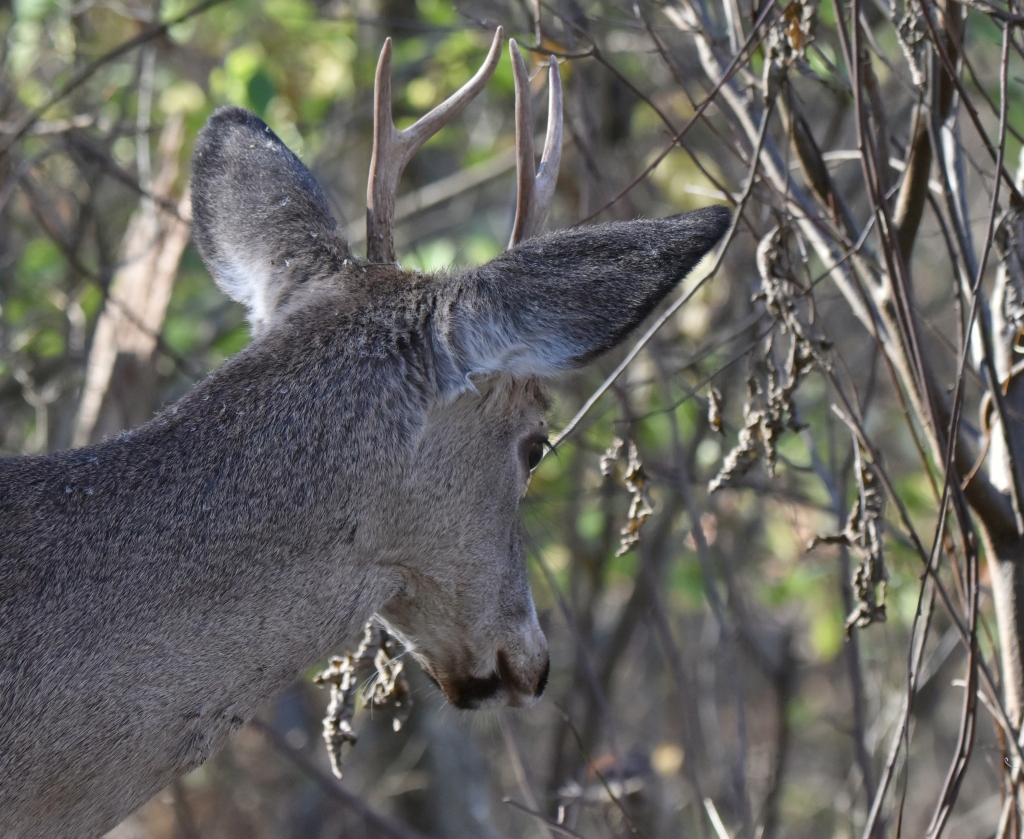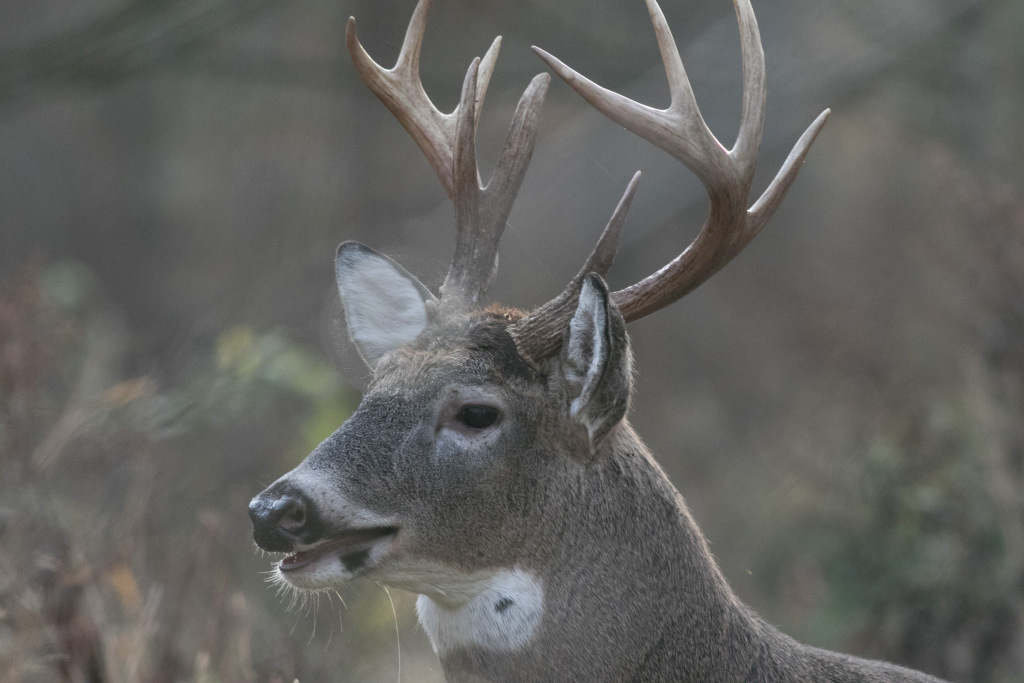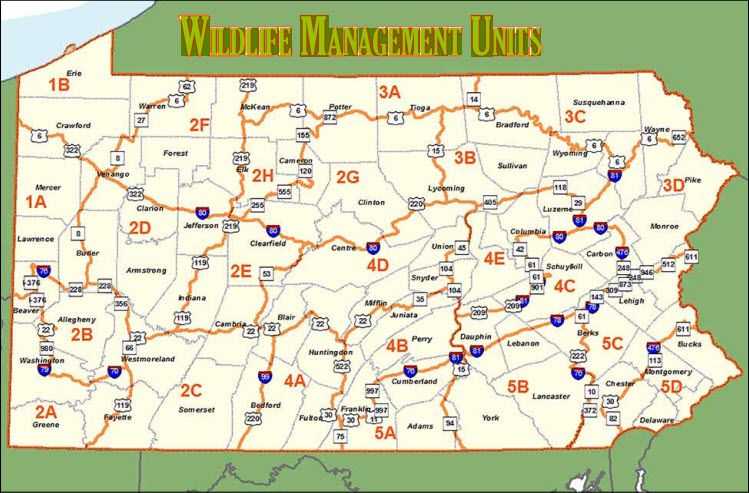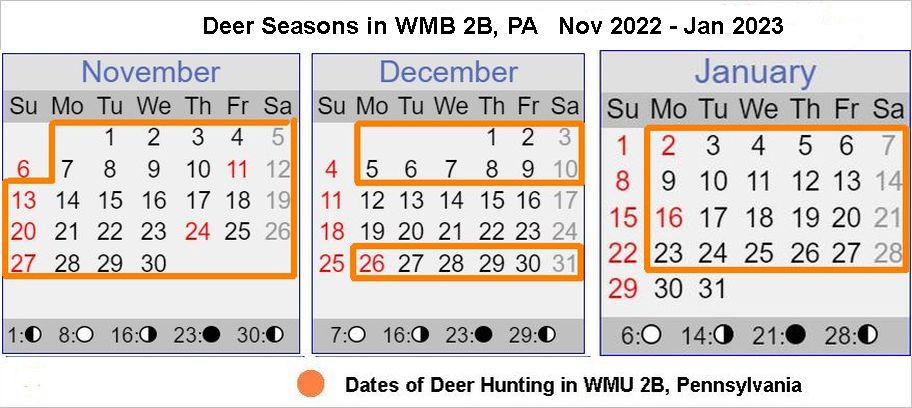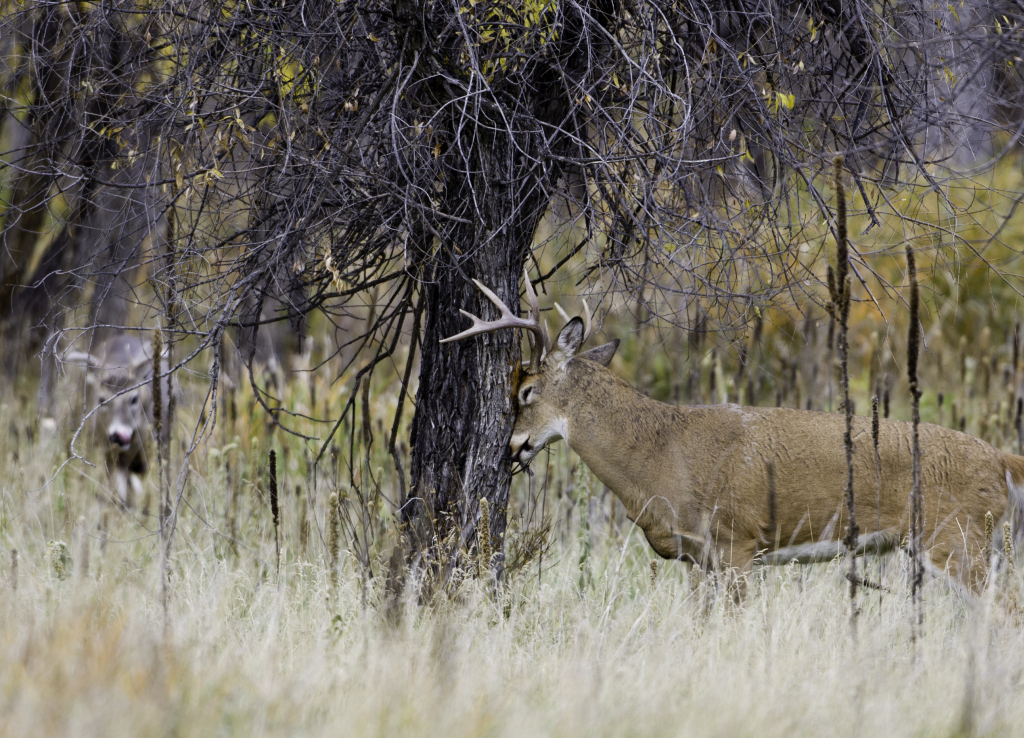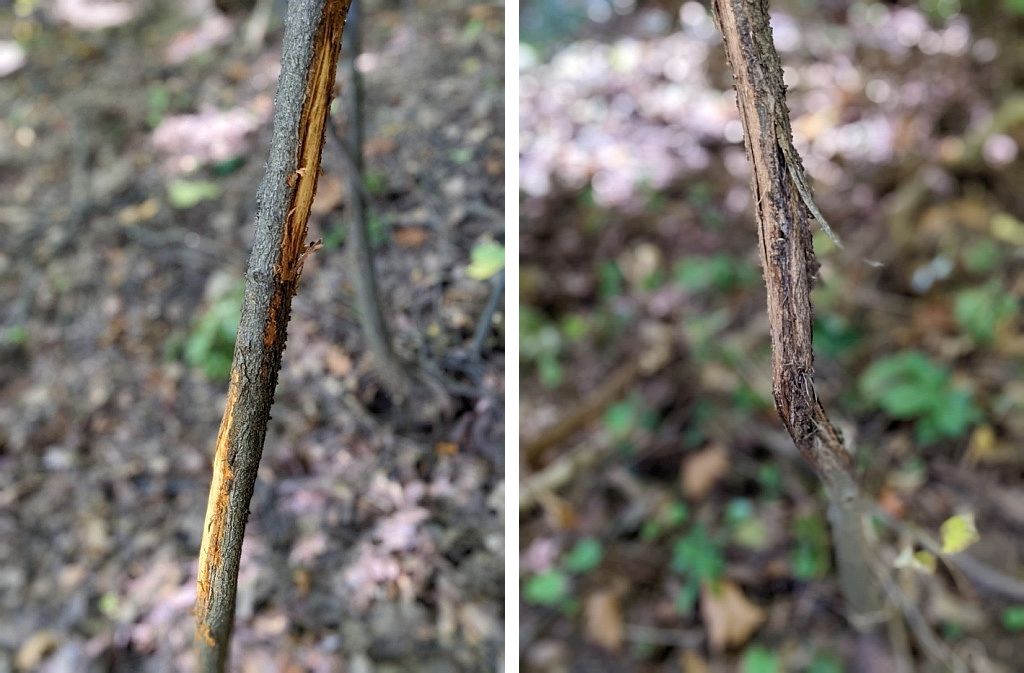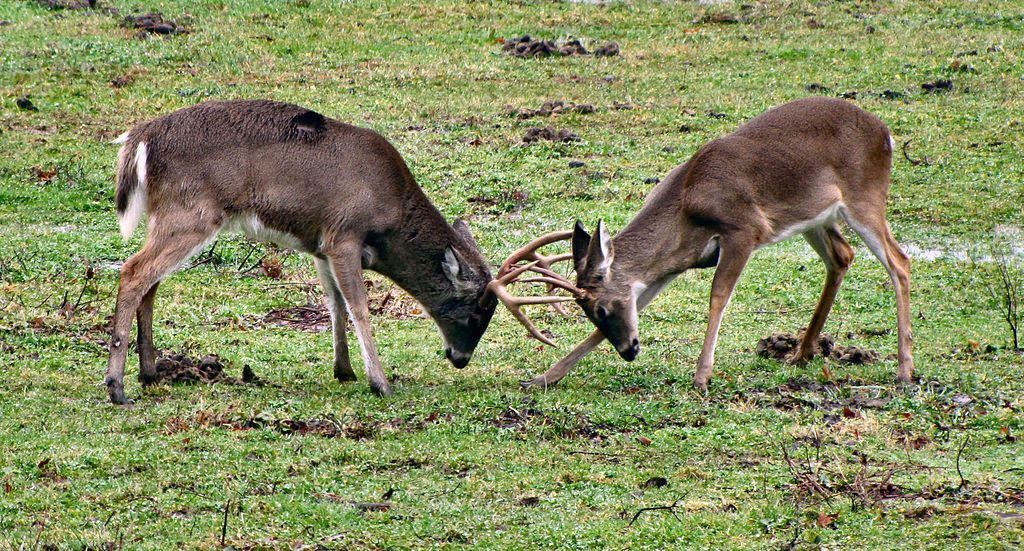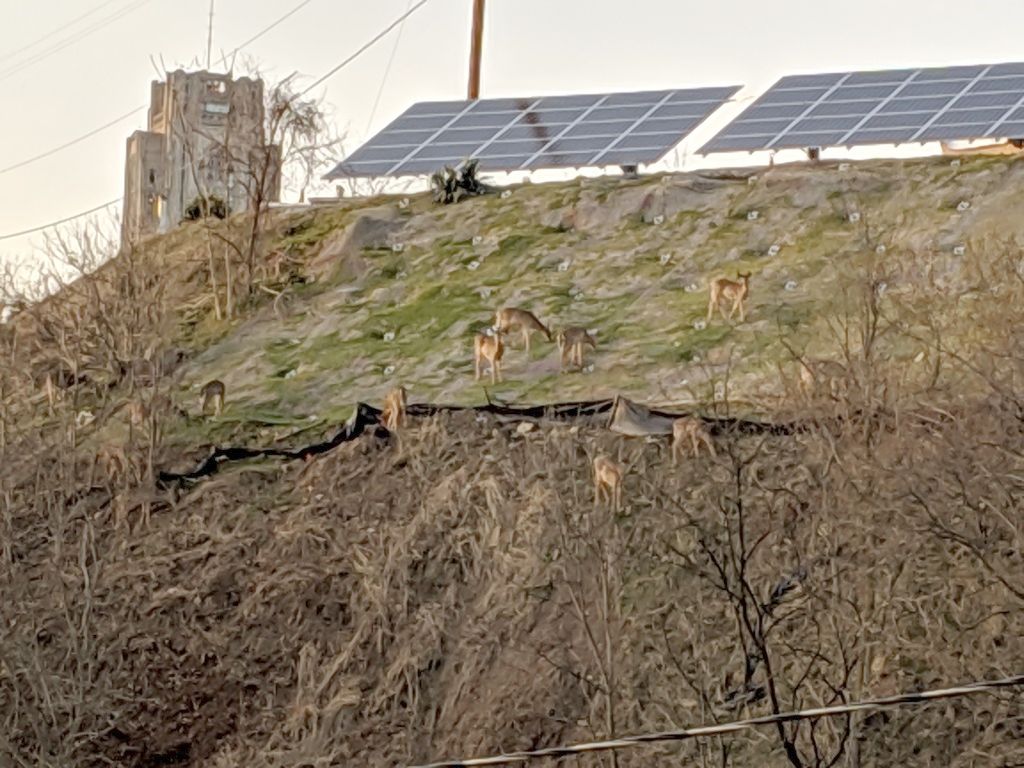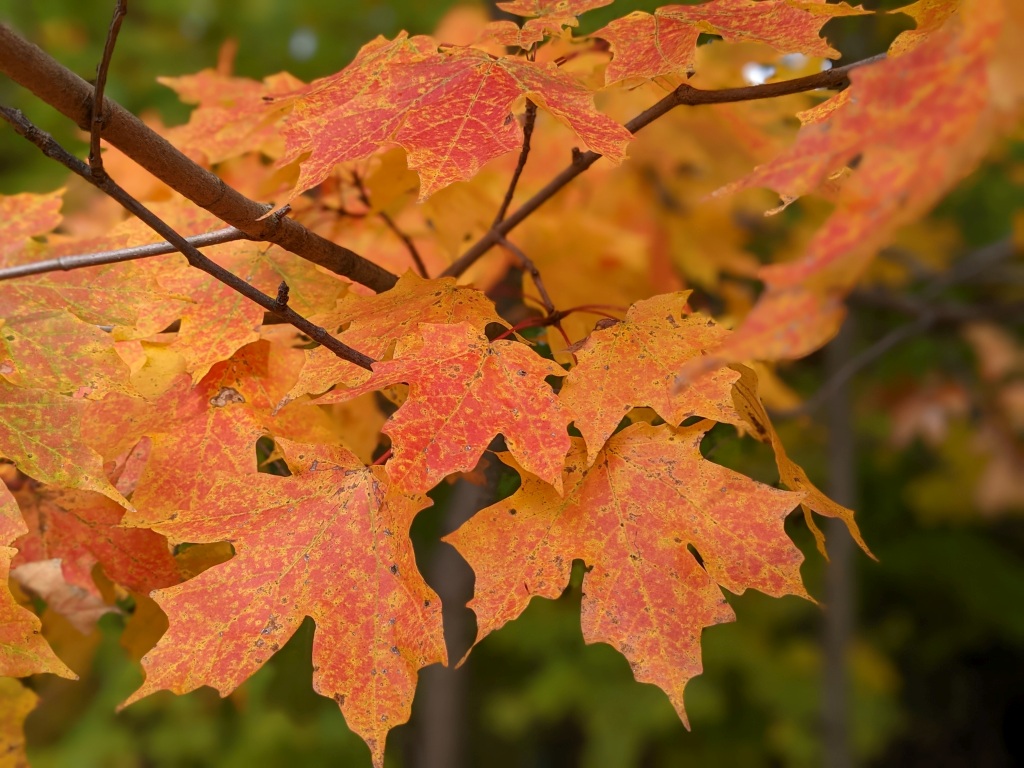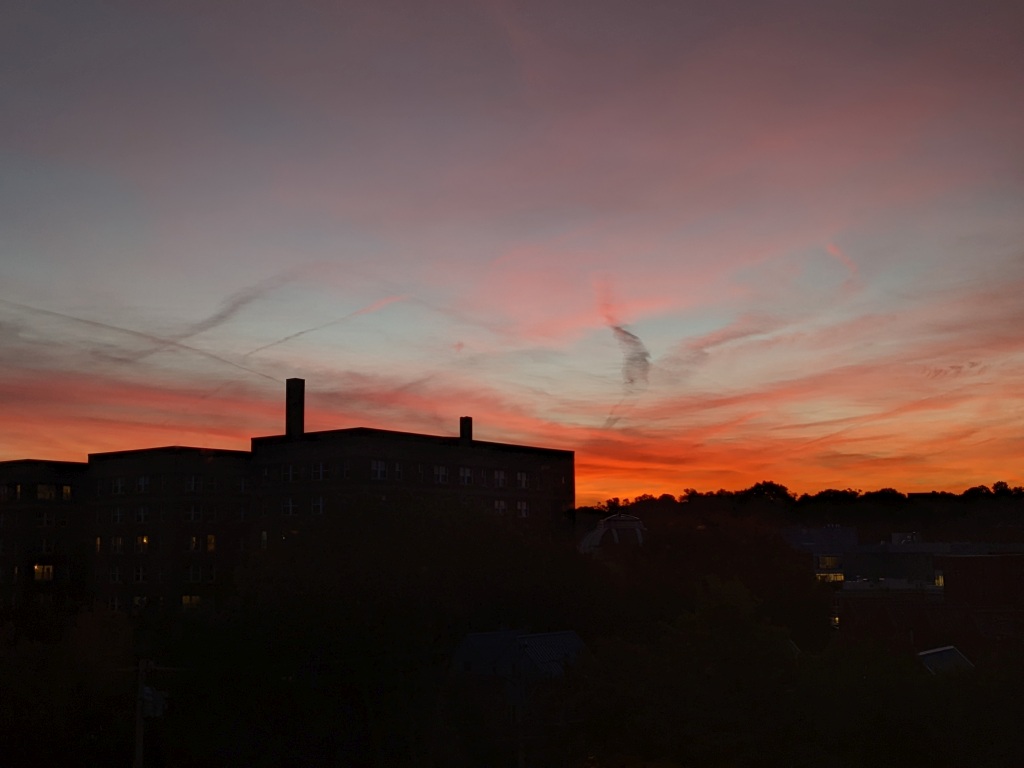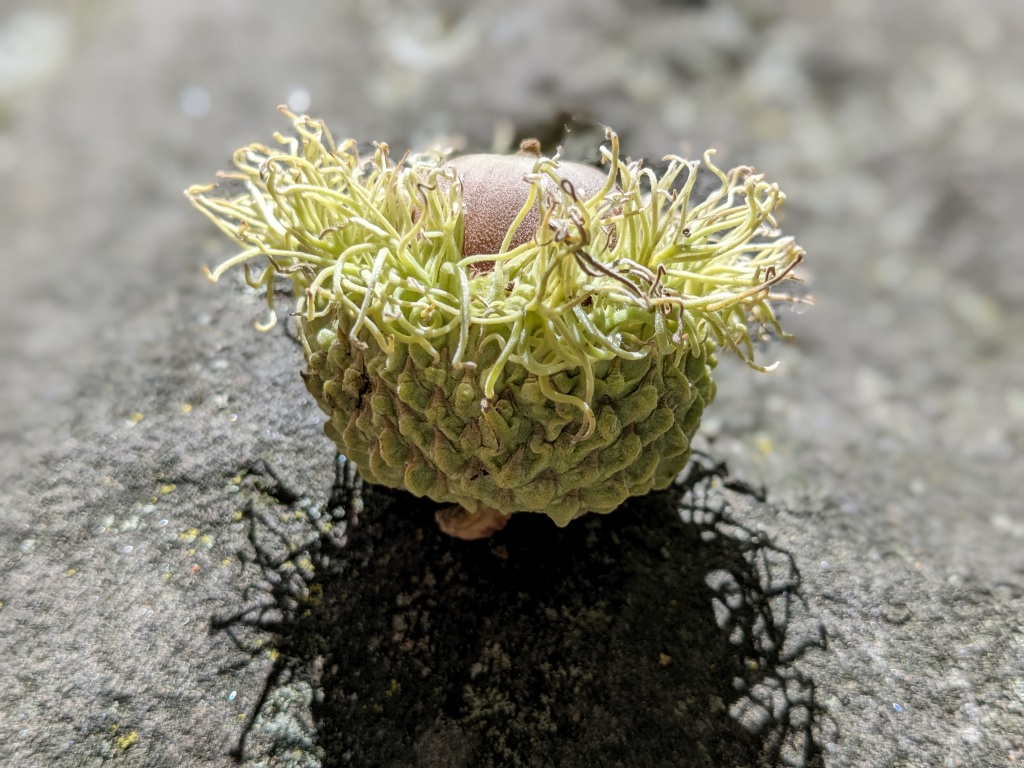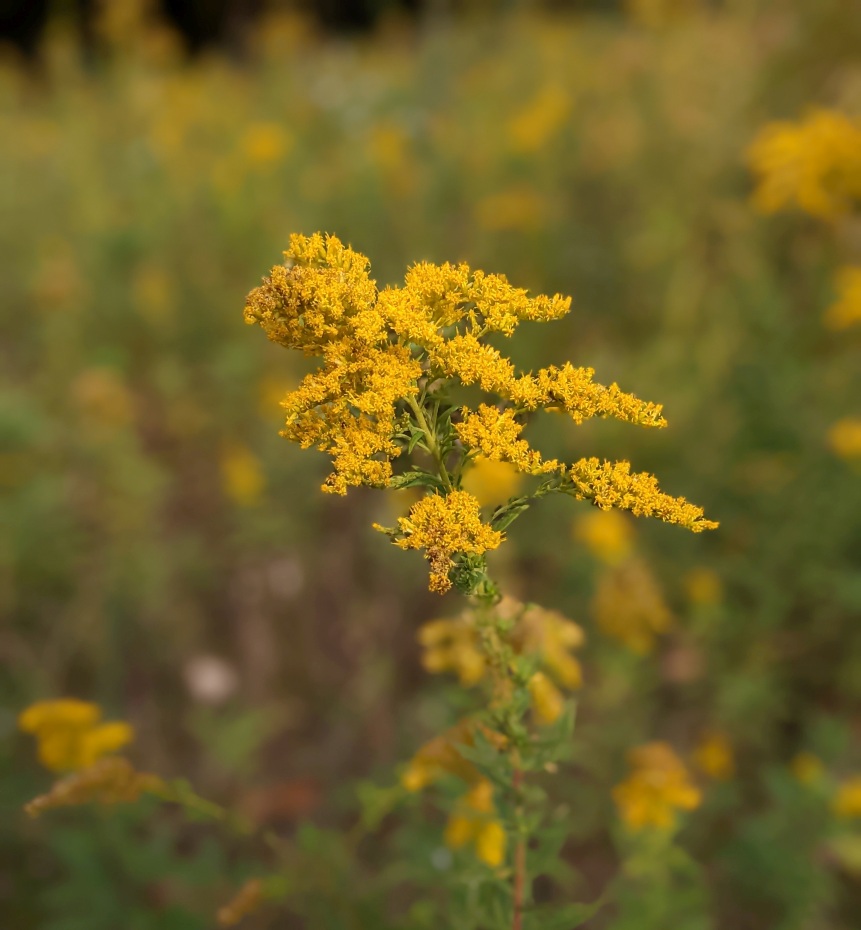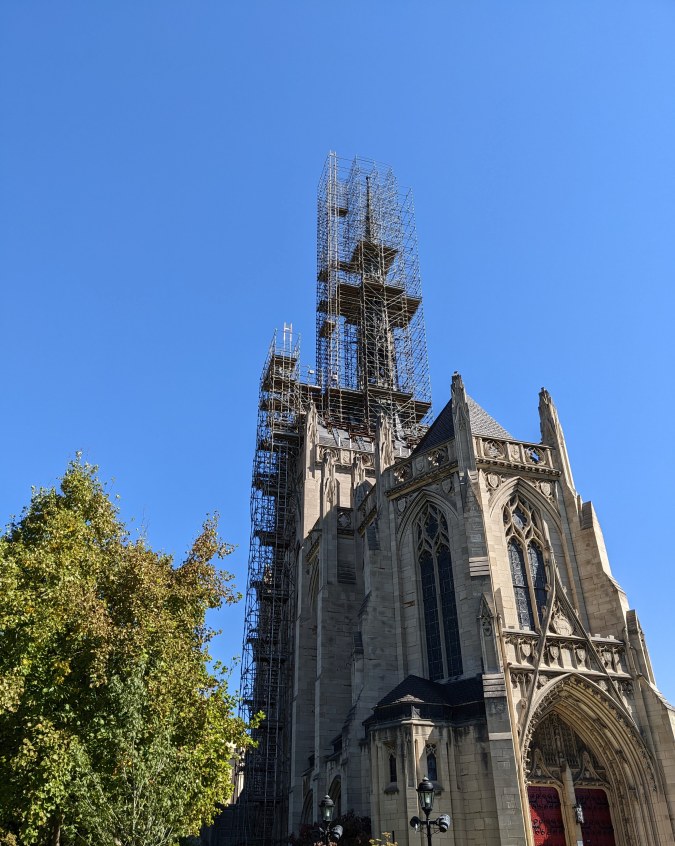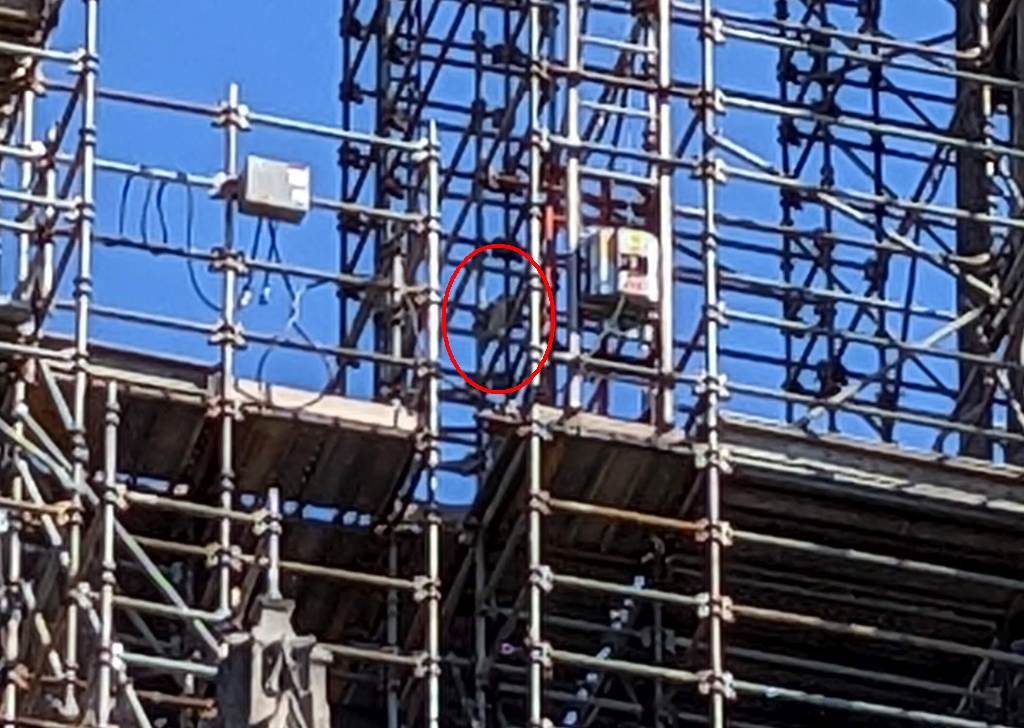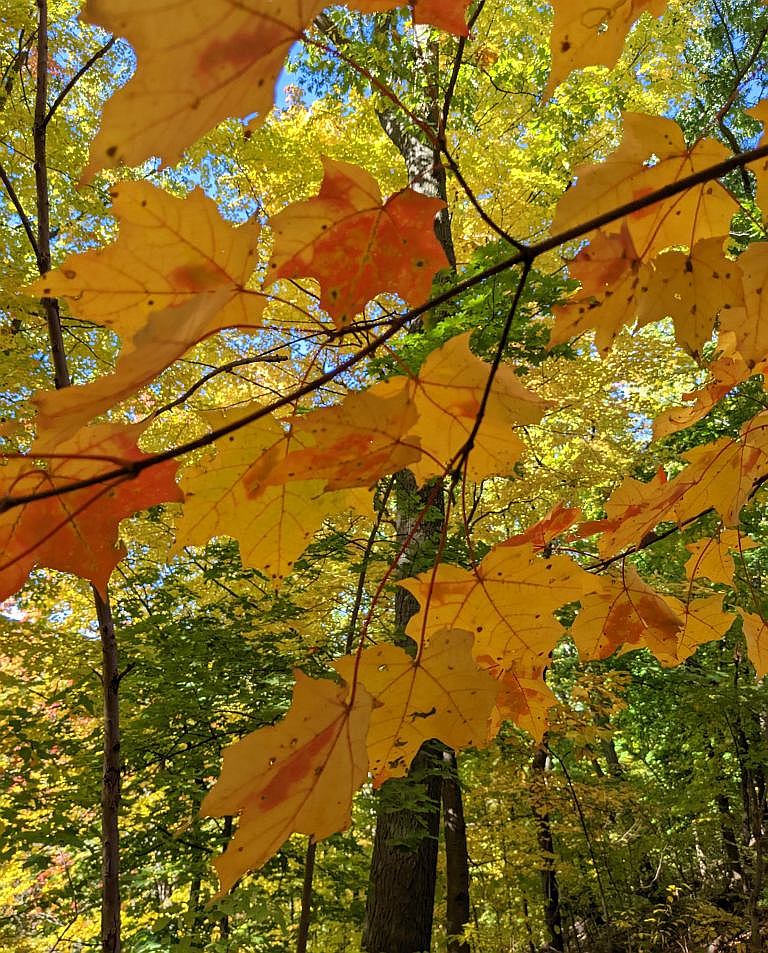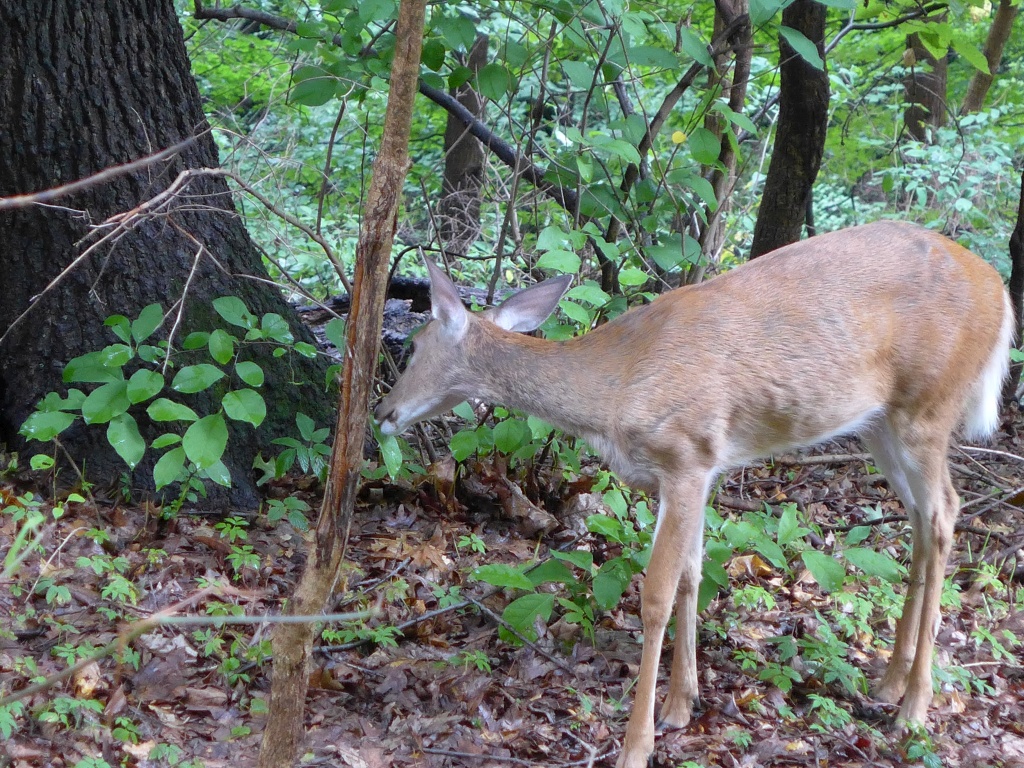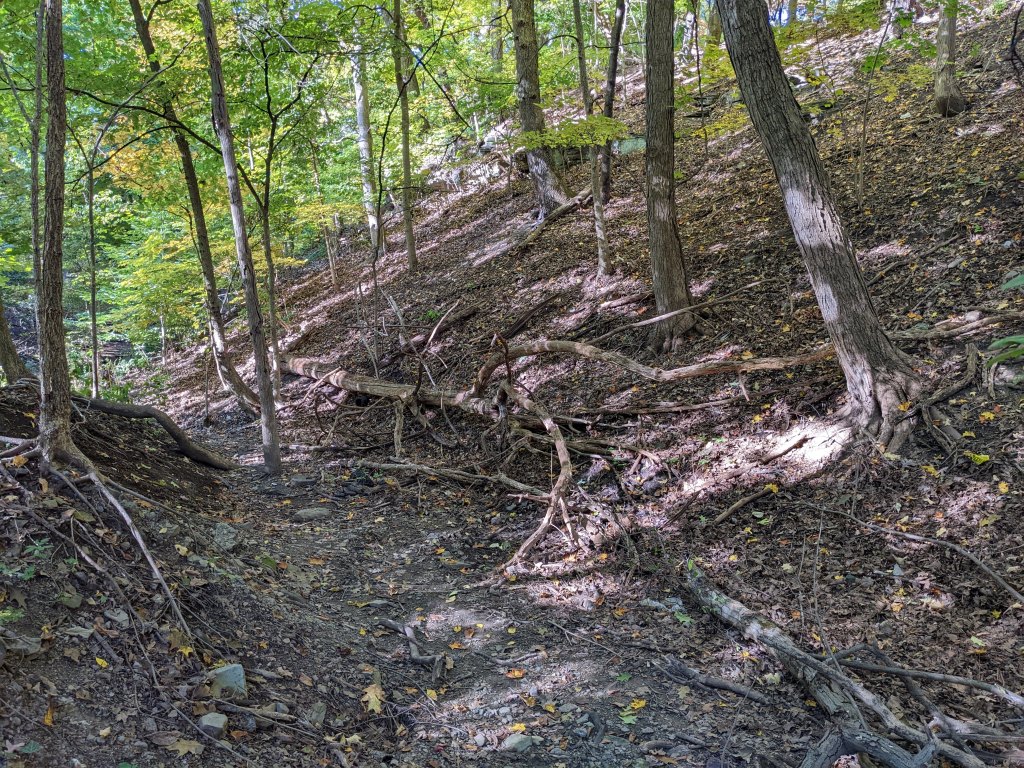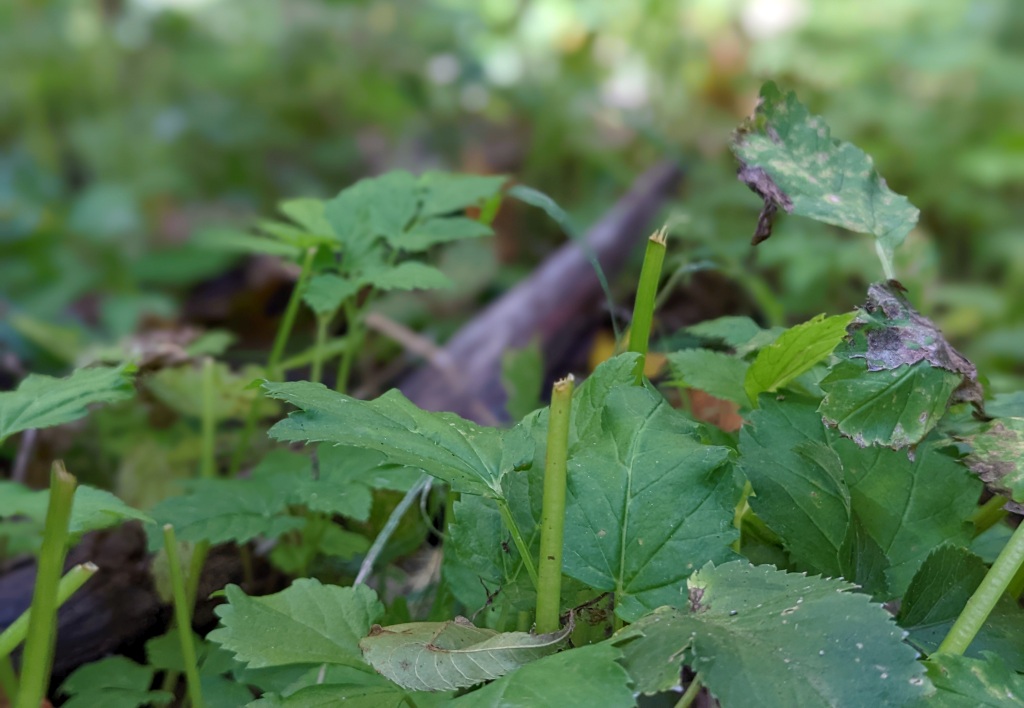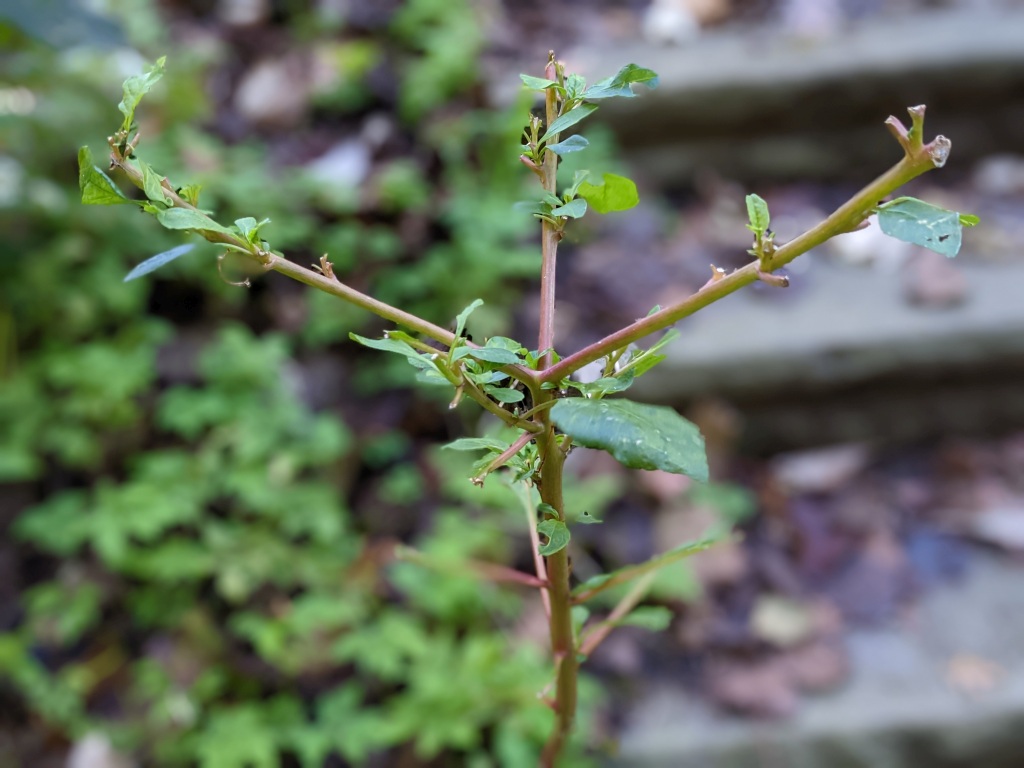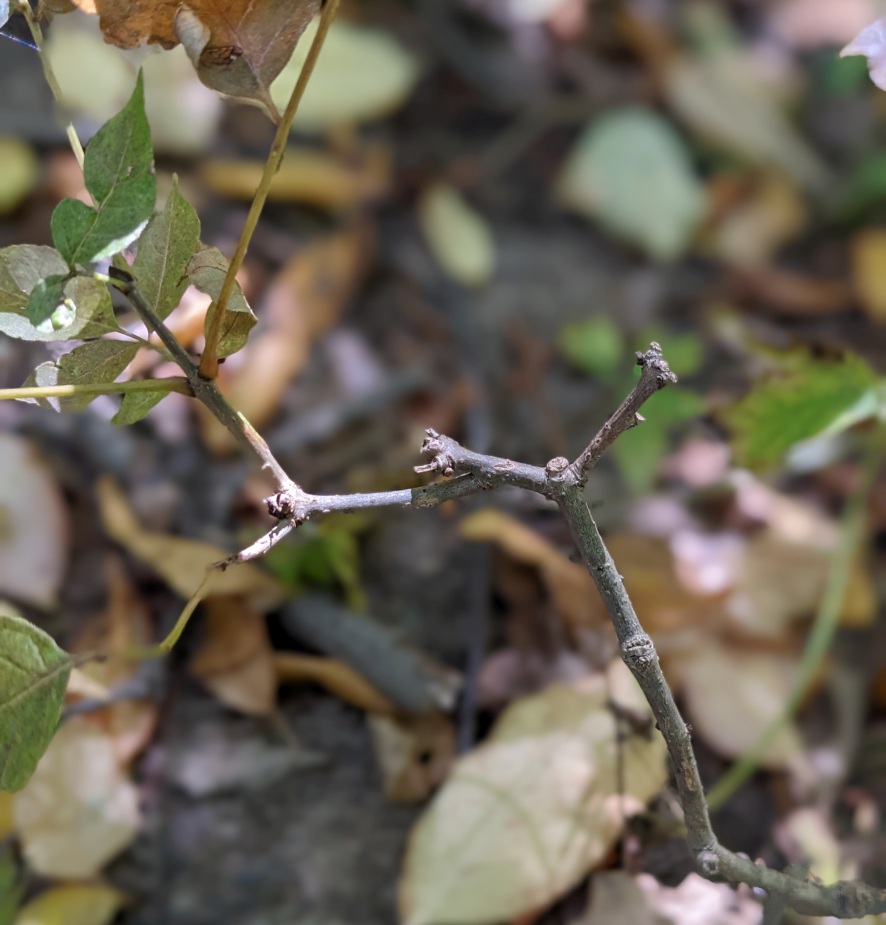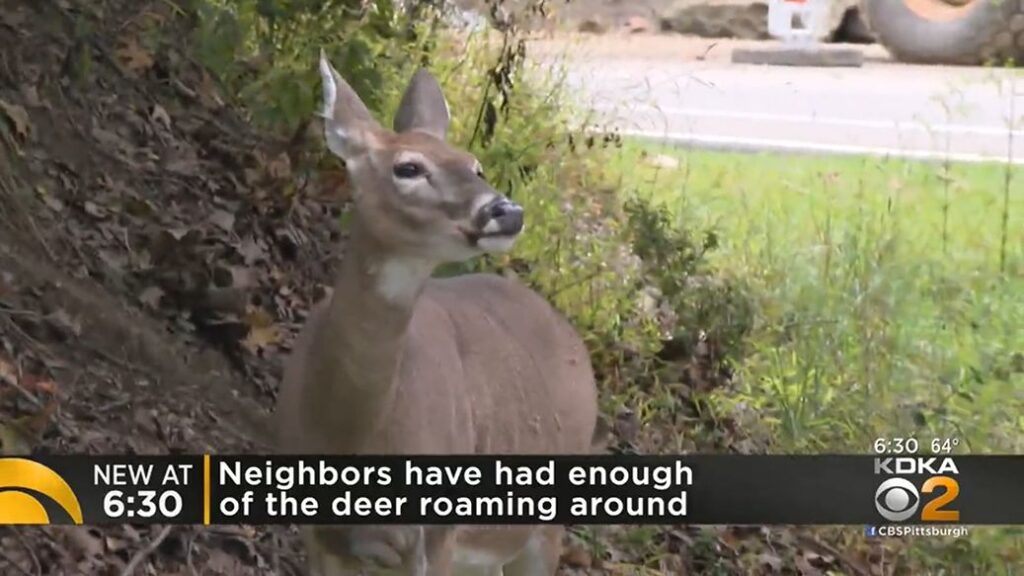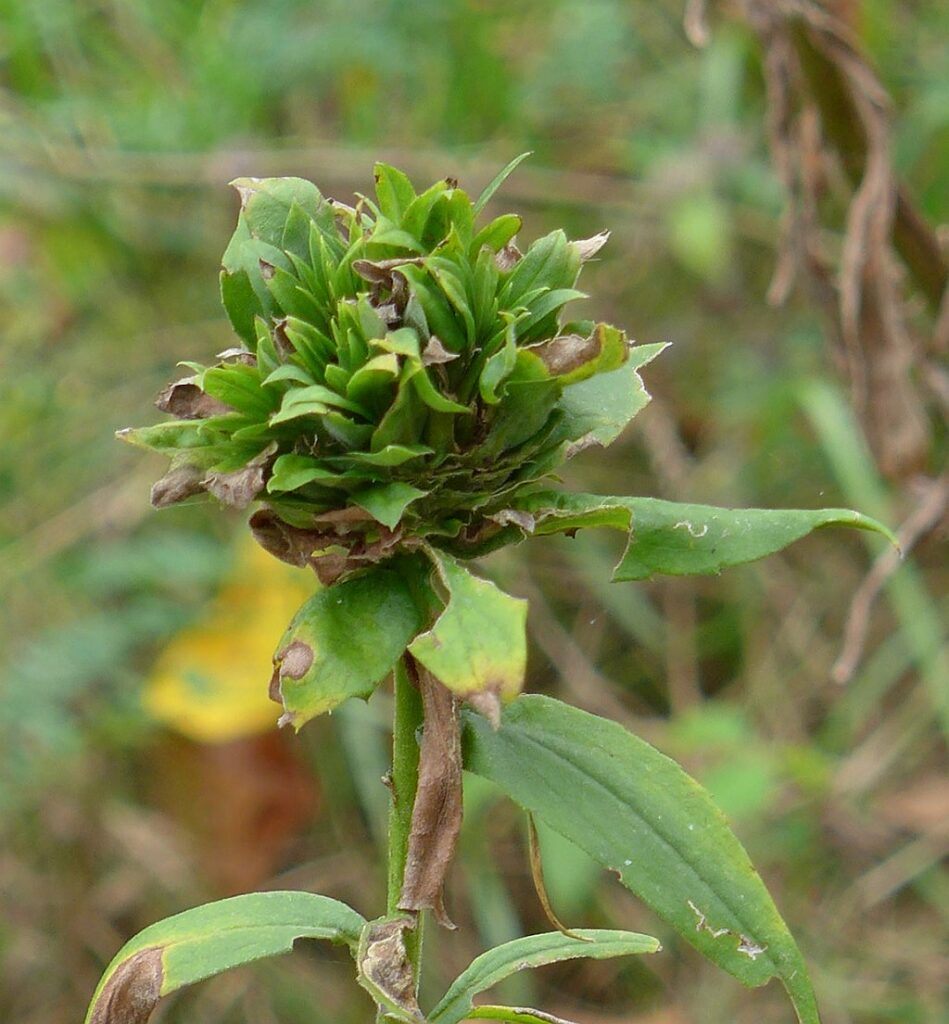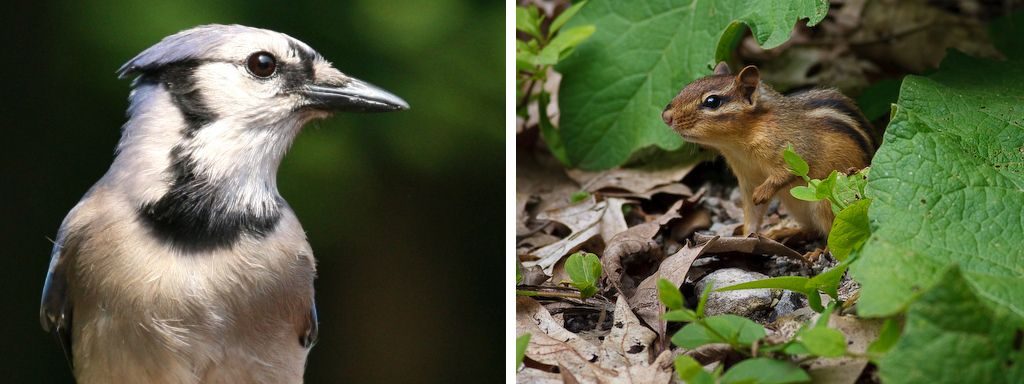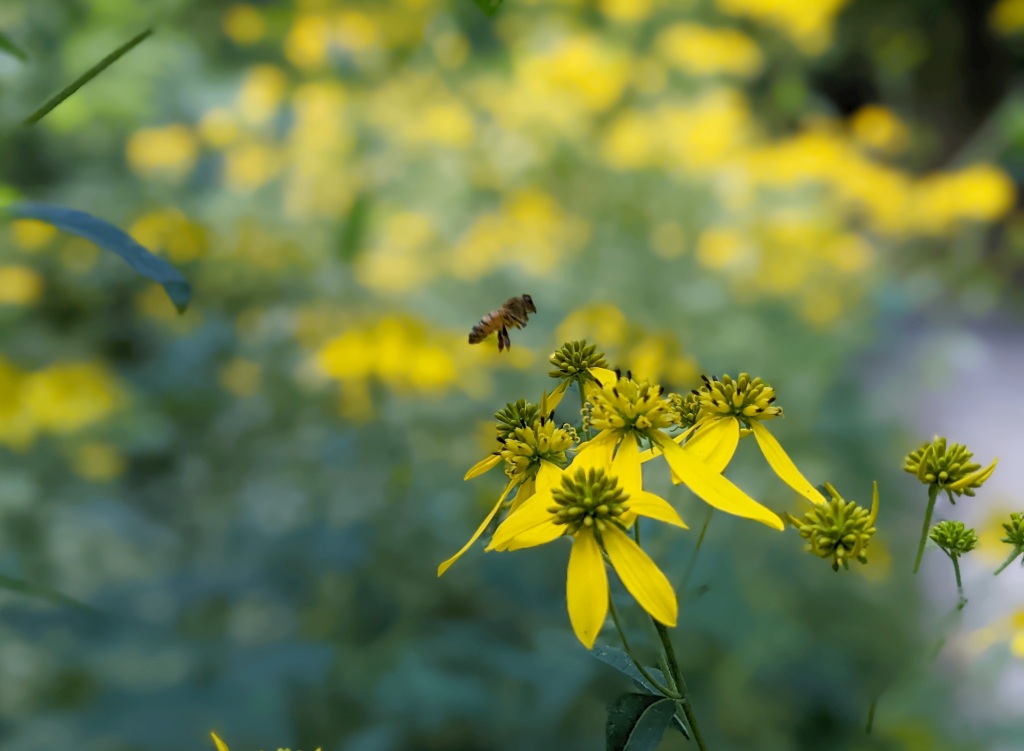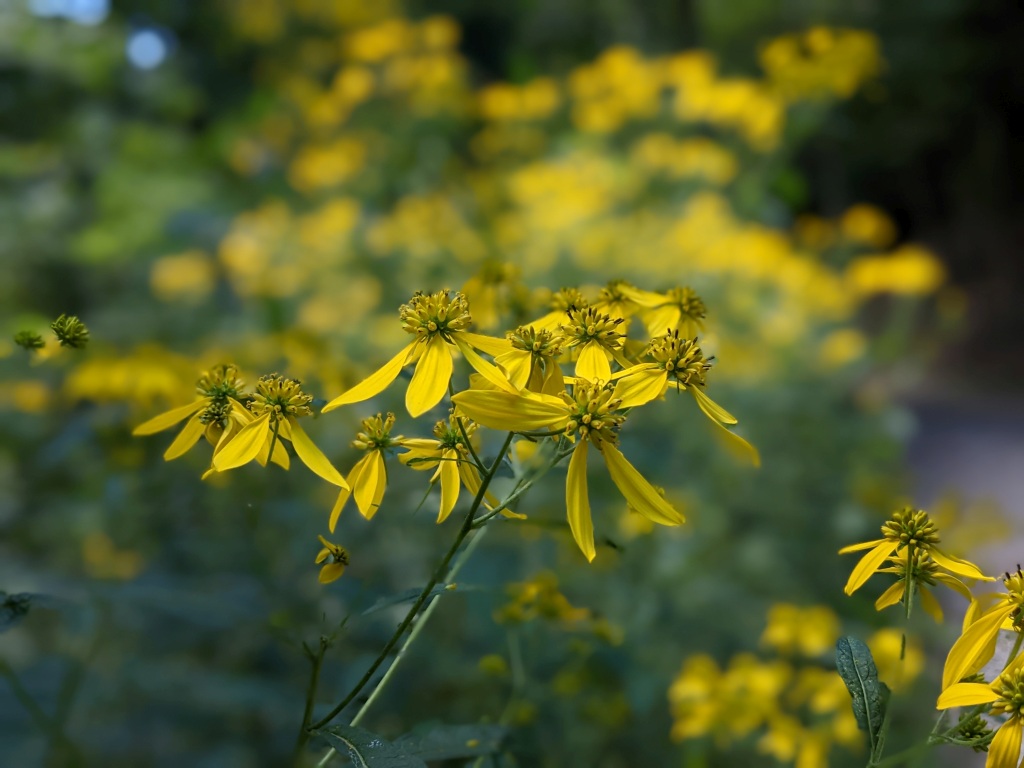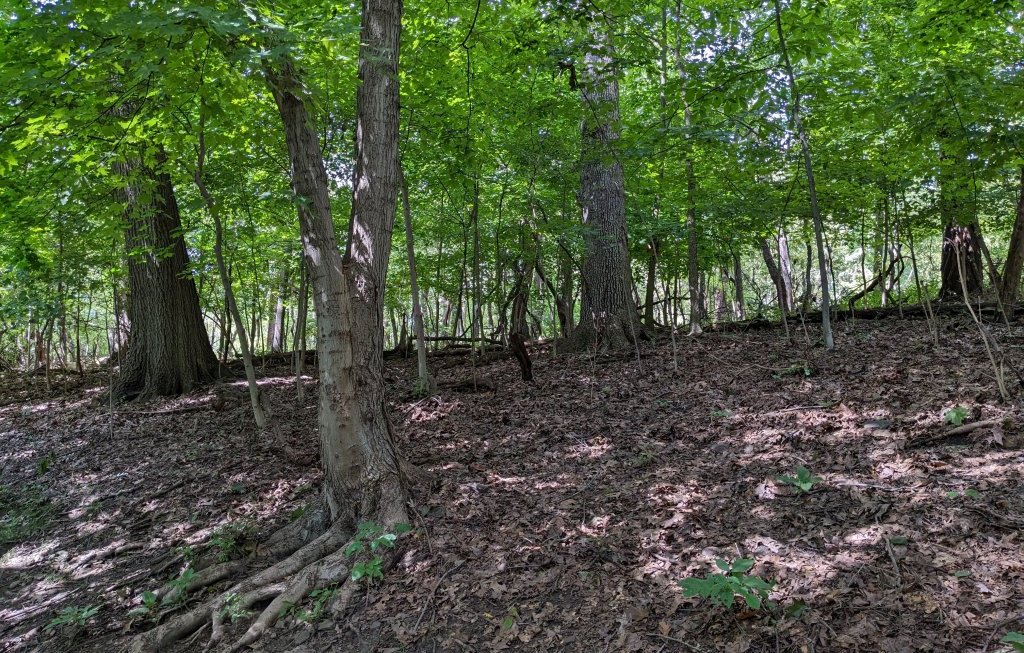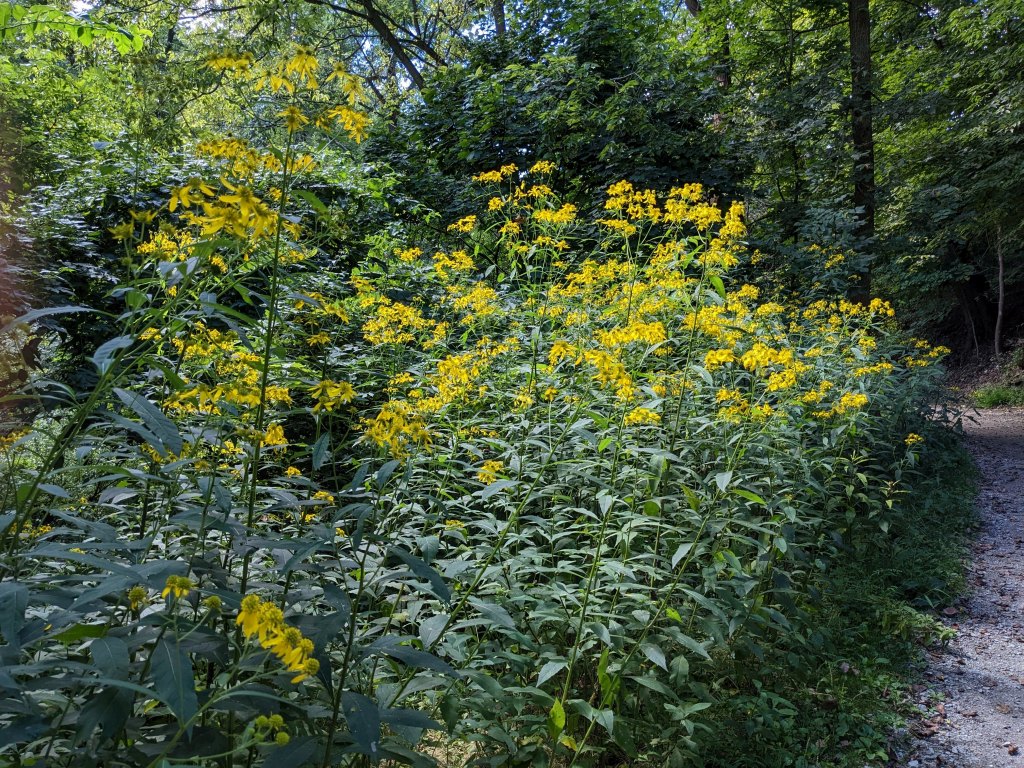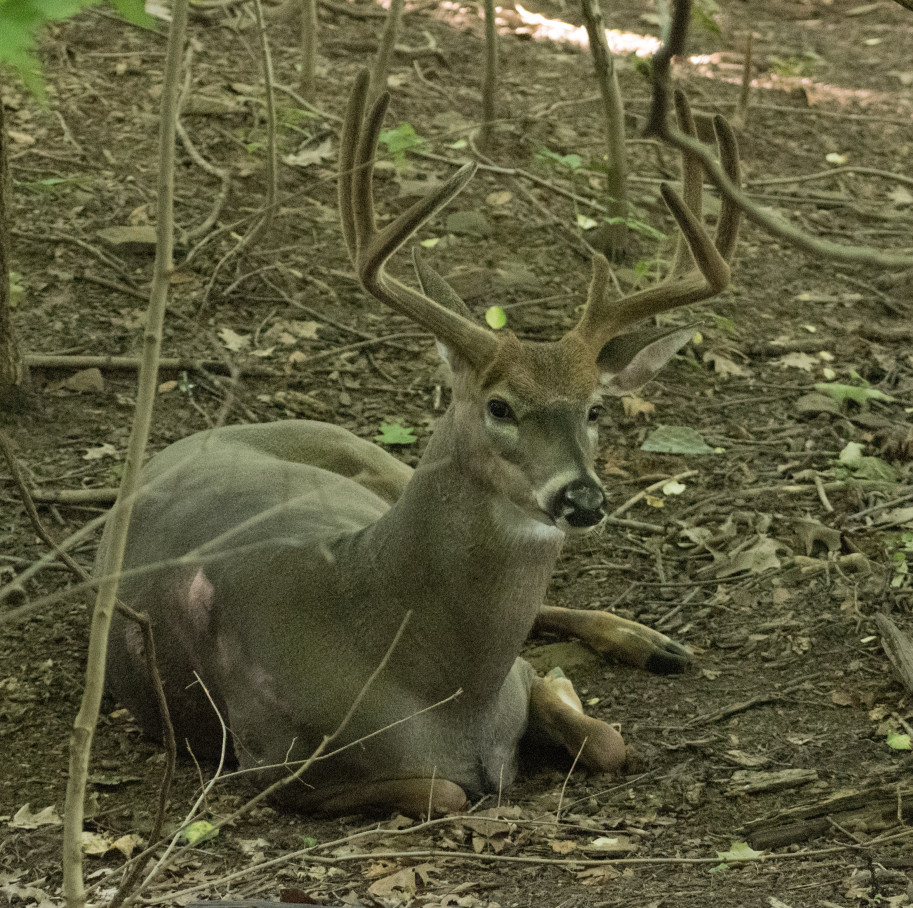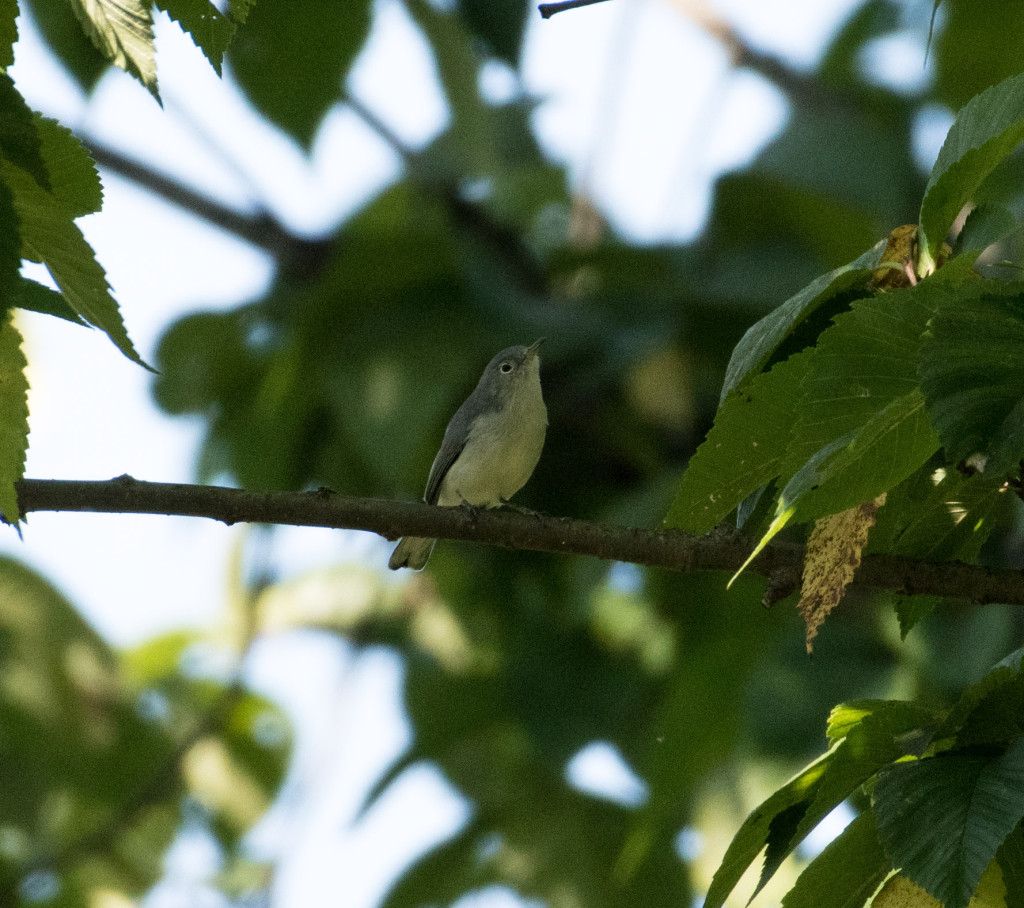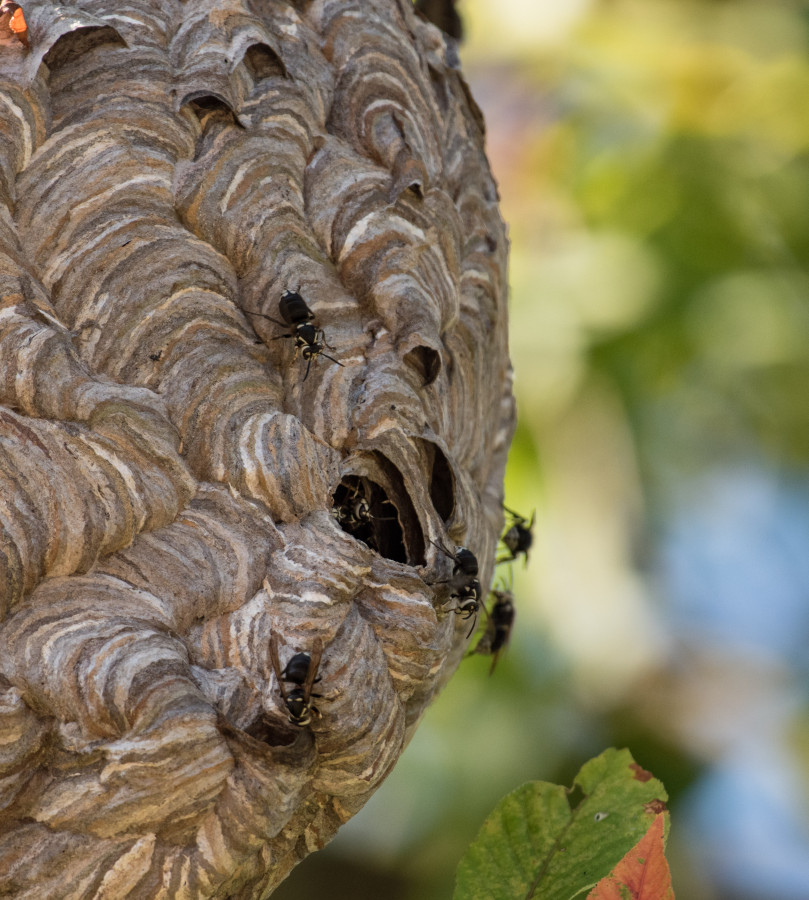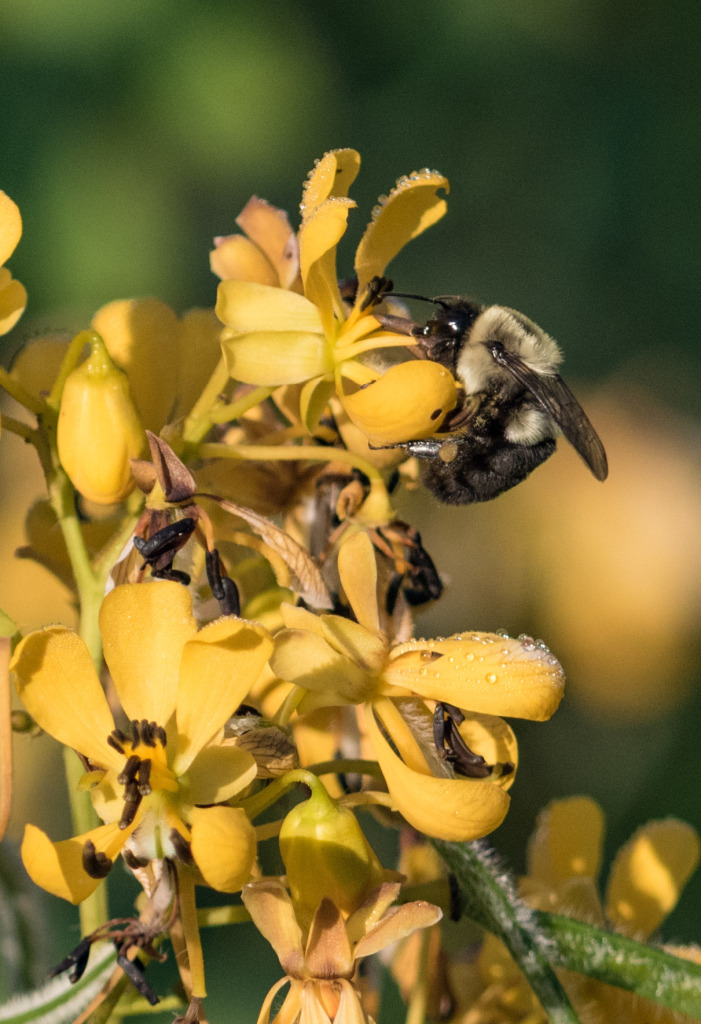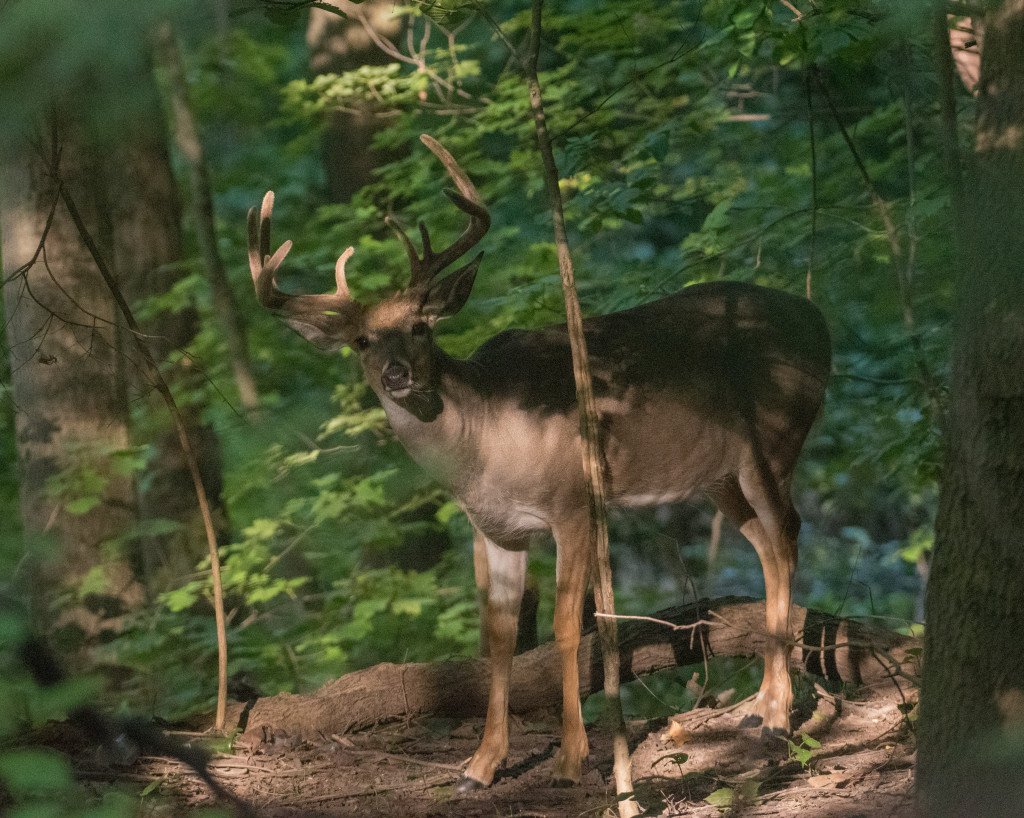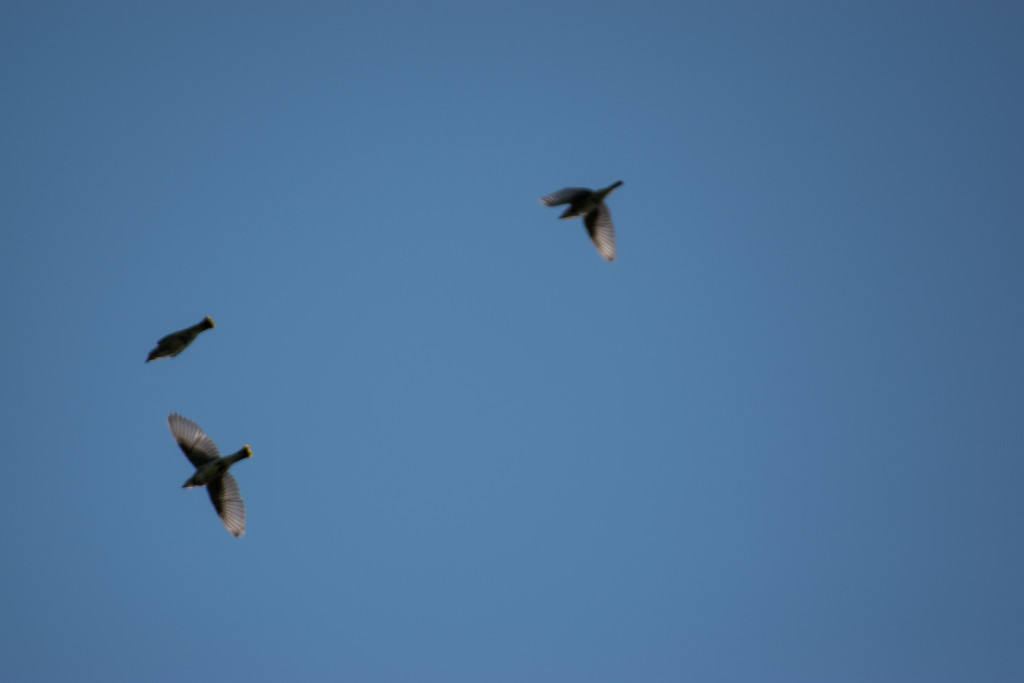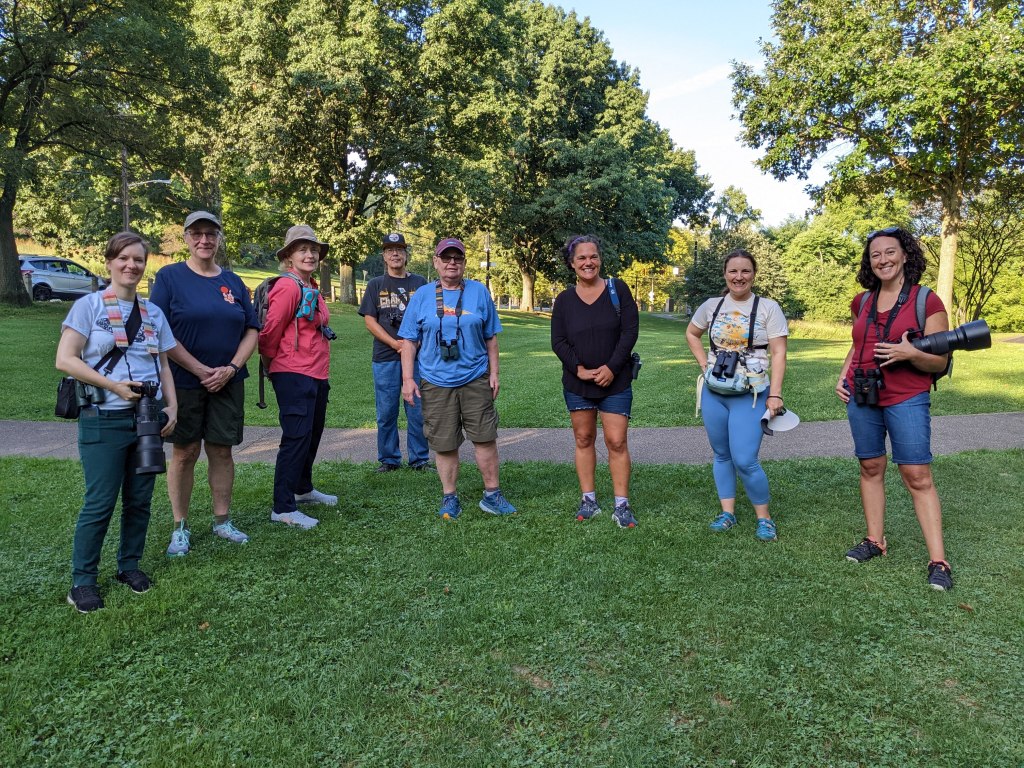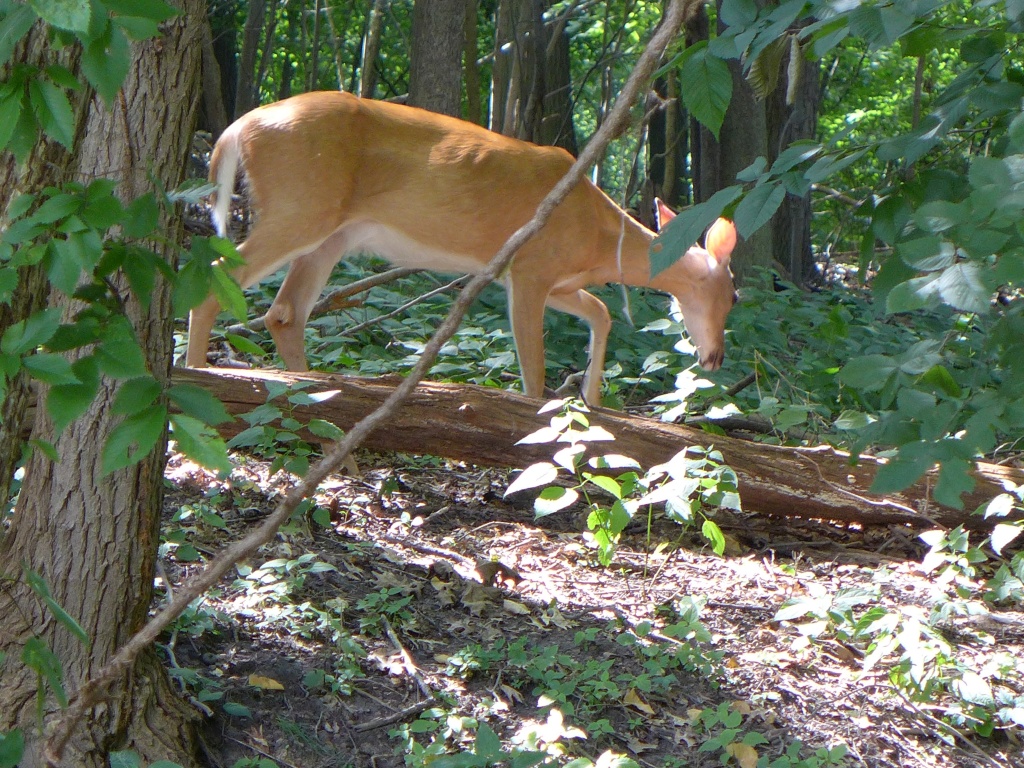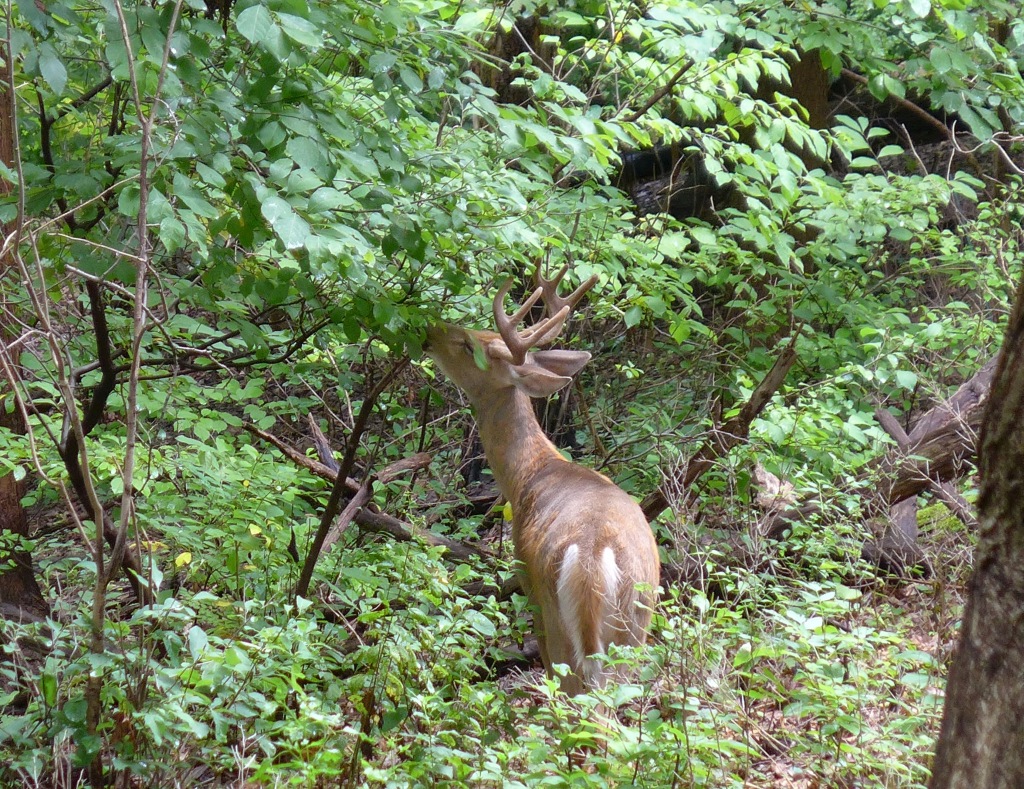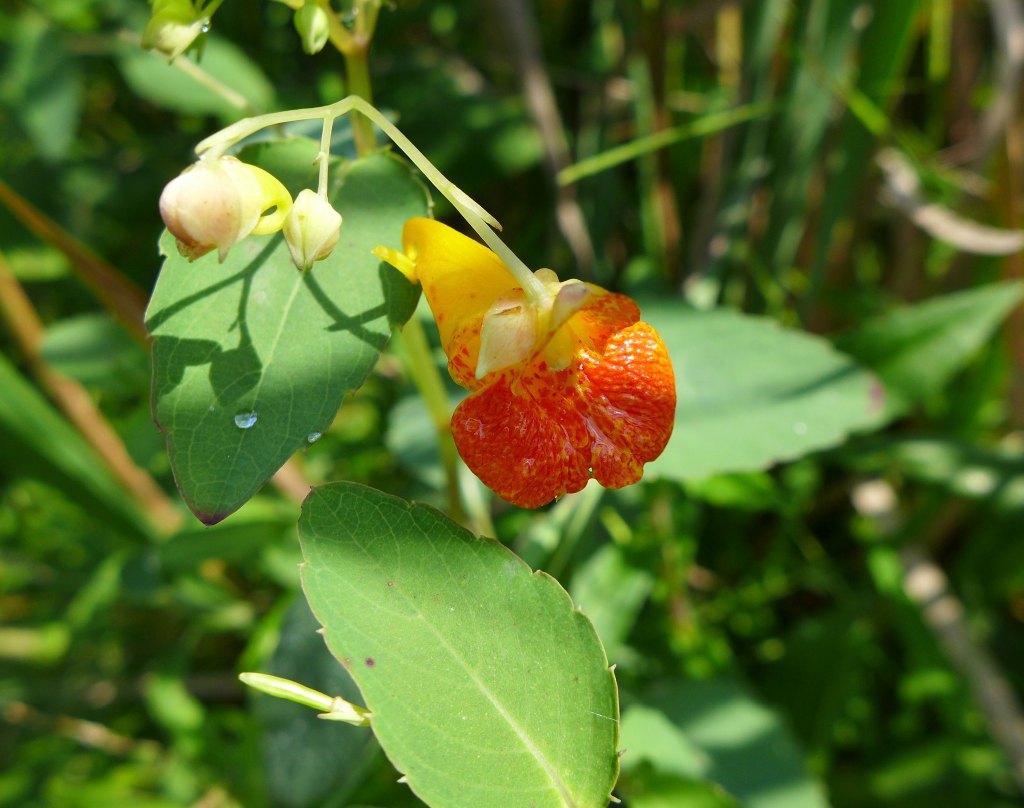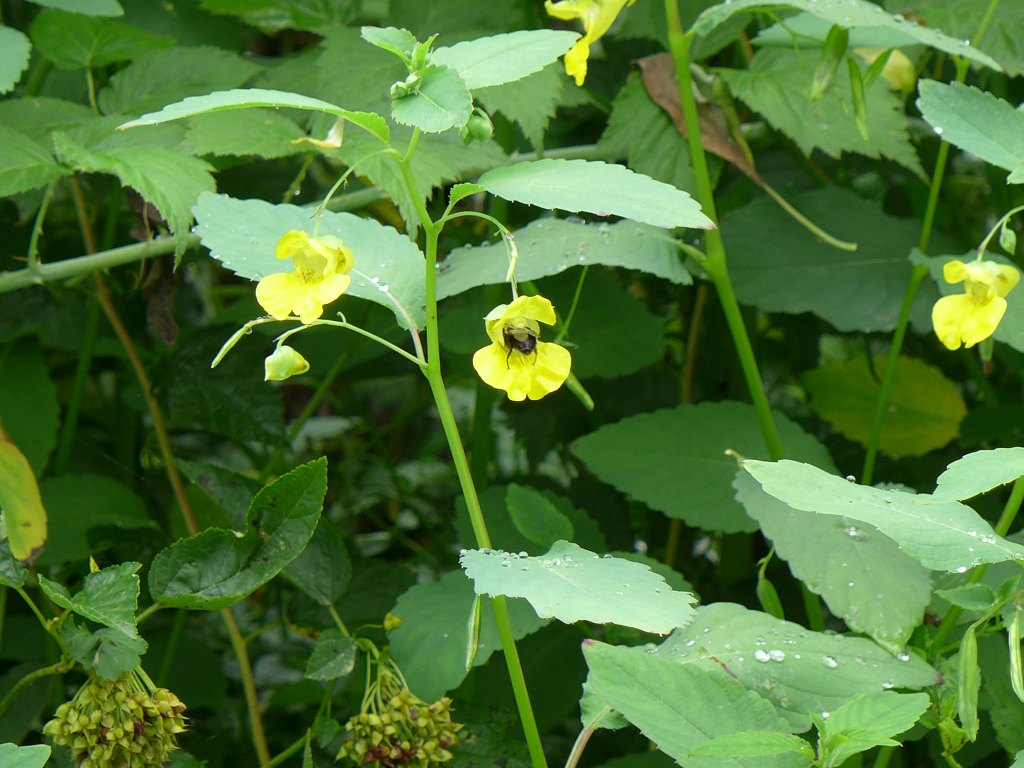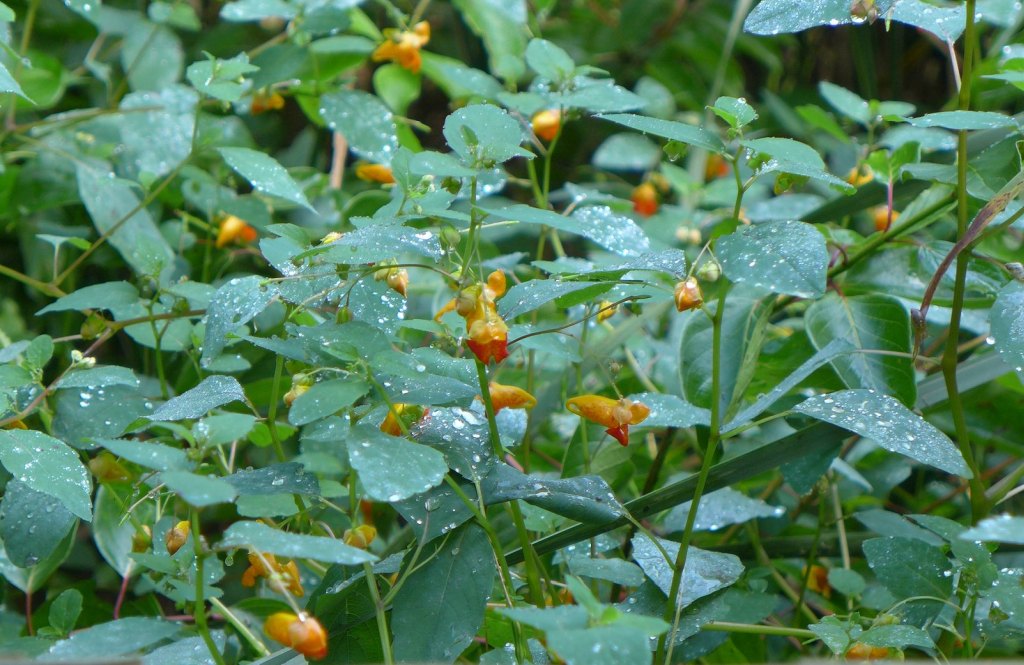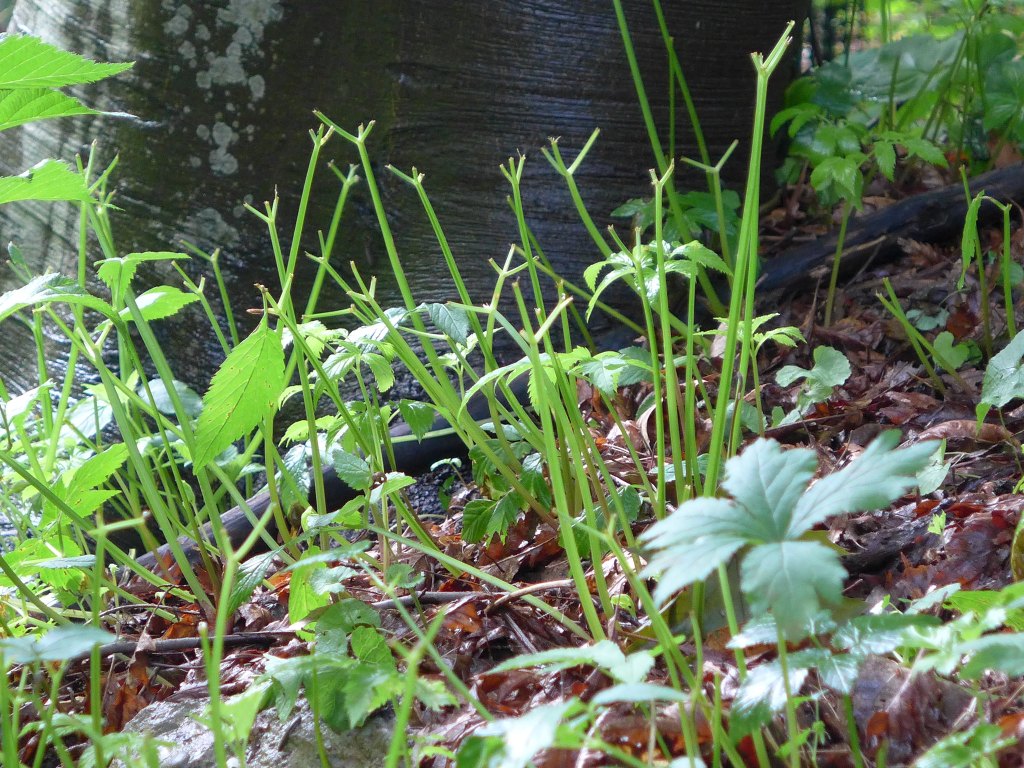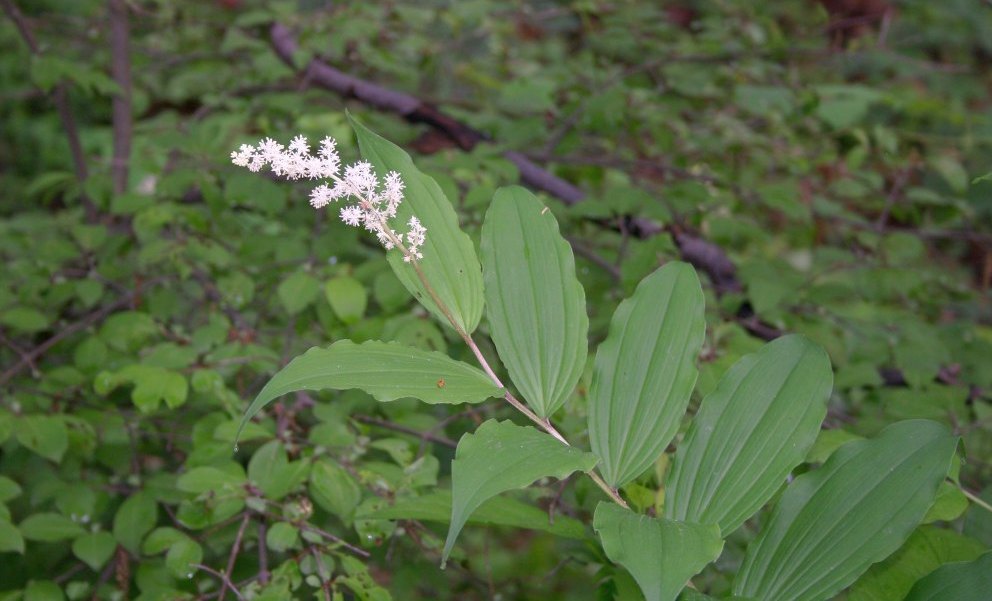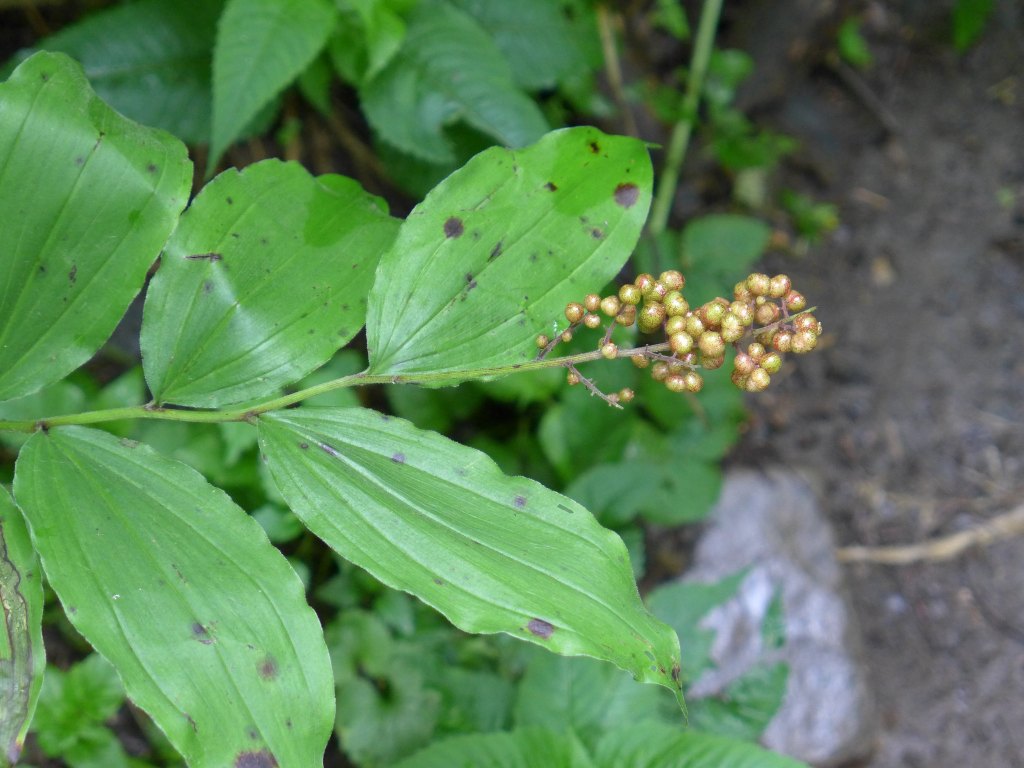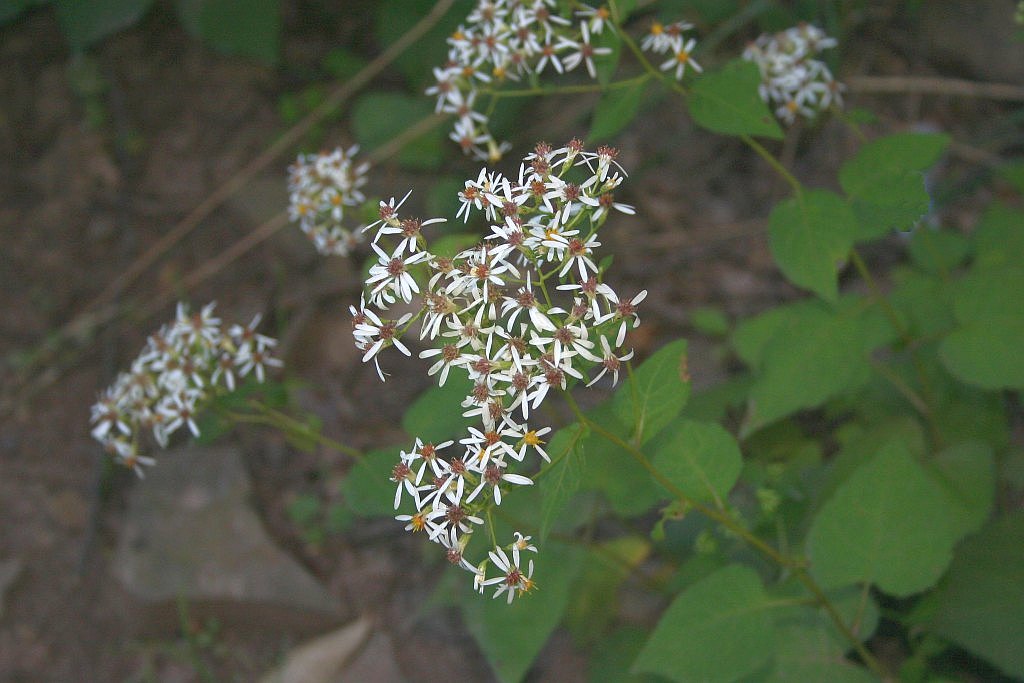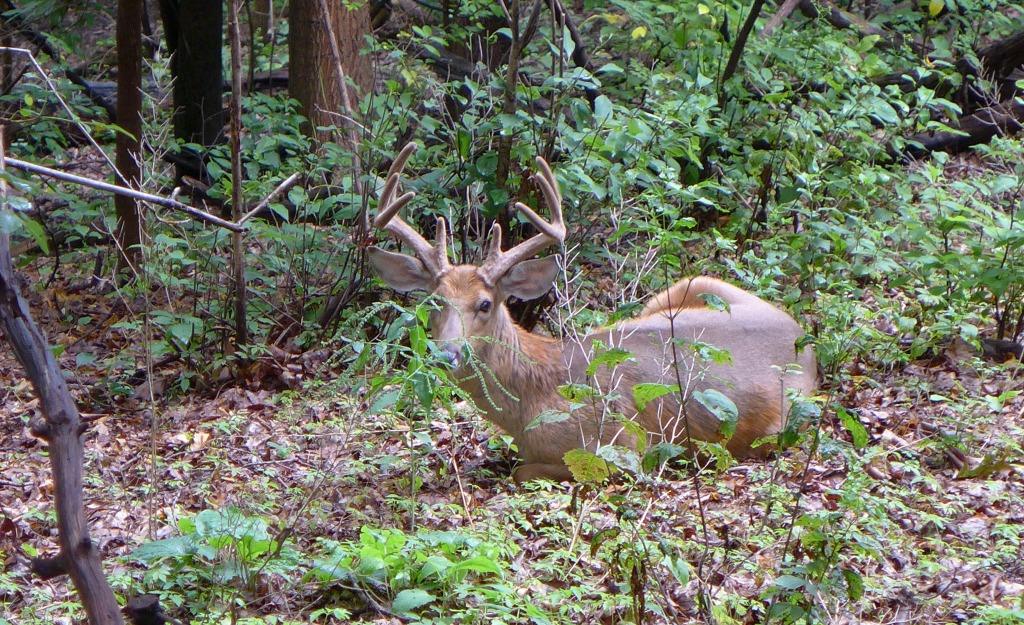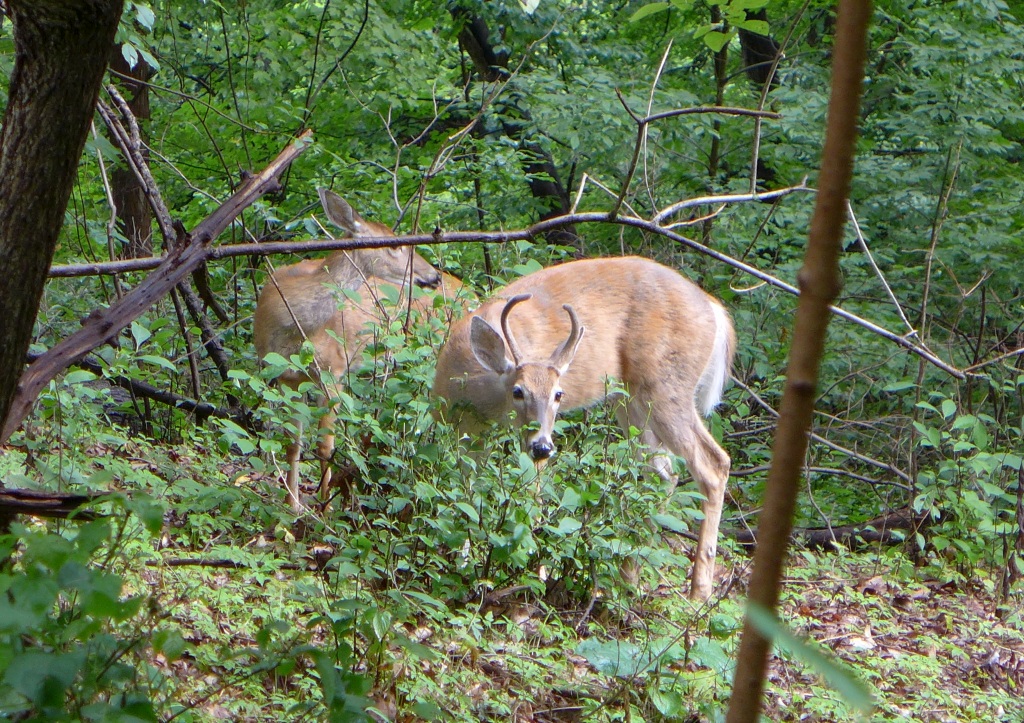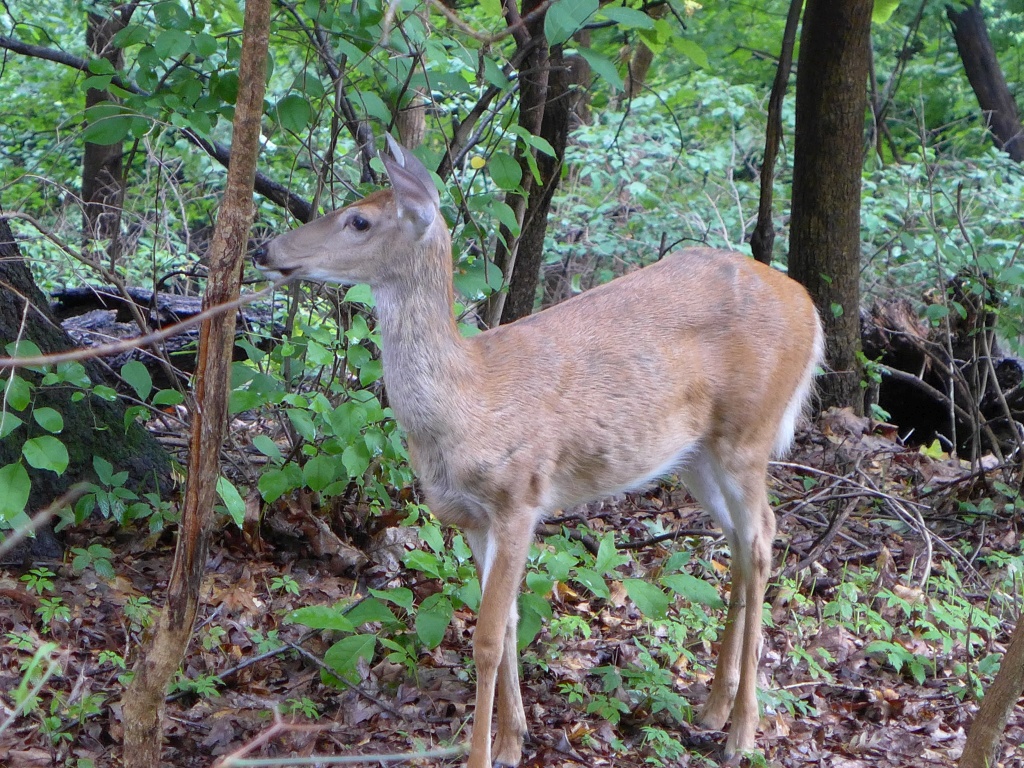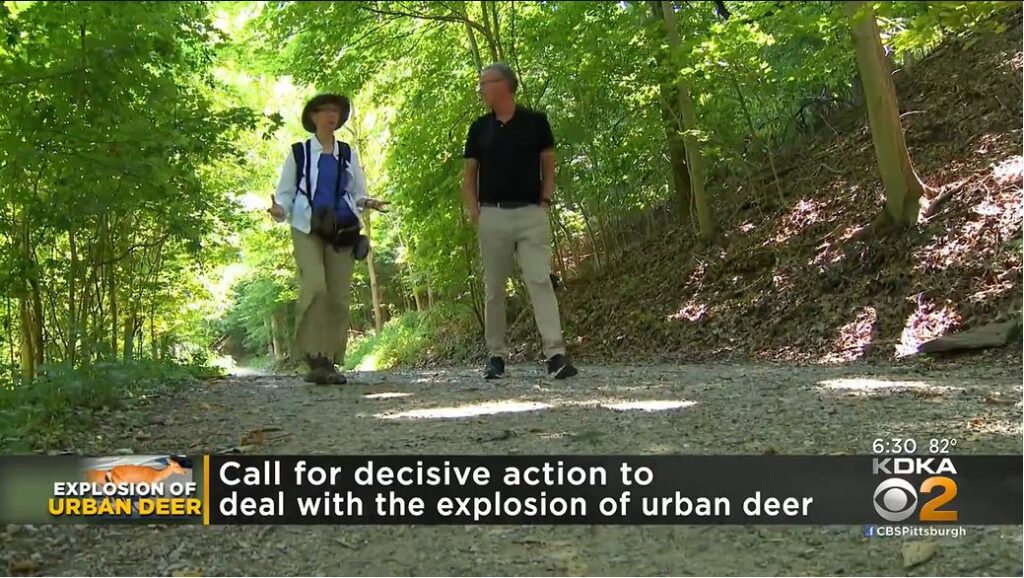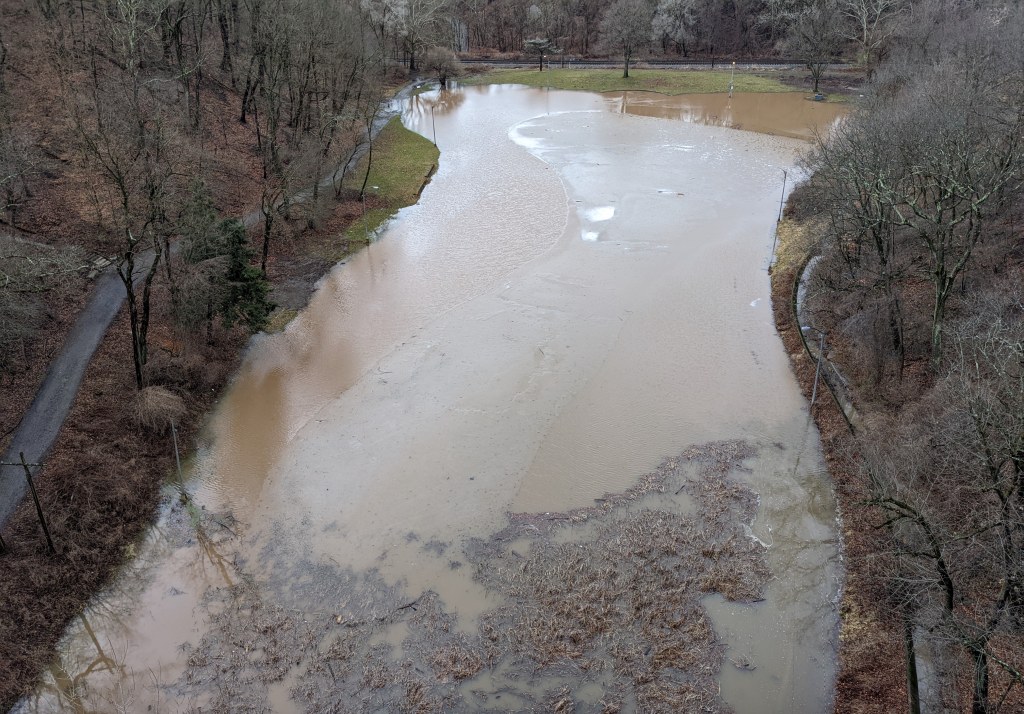
30 November 2022
Panther Hollow Lake in Schenley Park has had problems for decades but there was hope they would be solved by an ambitious 2016 plan to rehab the lake and daylight Four Mile Run downstream. Unfortunately the plans were so ambitious that they had to be put on hold this month.
The lake’s problems are legion. It is really only the size of a pond and is filled with sediment. The shallow water cannot replenish fast enough so algae blooms in summer; sometimes fish die. Its unnatural concrete edges prohibit lakeside vegetation that could absorb water and it does not flow into any creek or river. Instead Panther Hollow Lake dumps 68 million gallons per year of clean water into a sewer pipe.
The sewer pipe is what used to be Four Mile Run plus lots of sewage. When there’s not much rain the pipe carries its contents to the water treatment plant at Alcosan.

But in a downpour the pipe is overloaded and floods the downstream neighborhood called The Run.
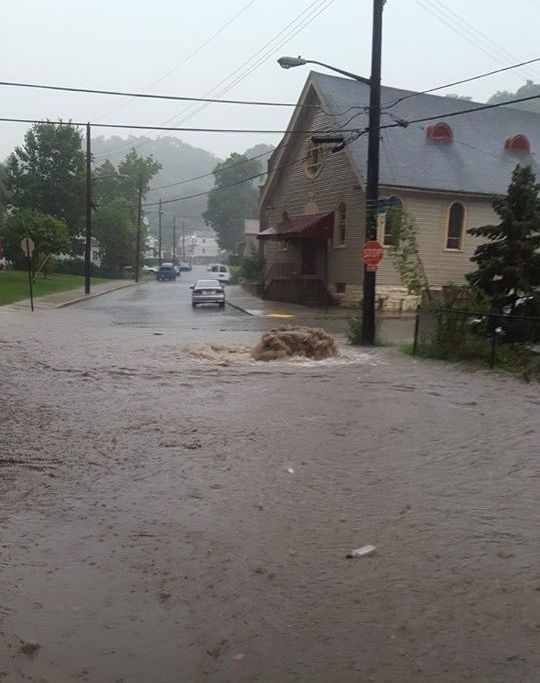
In 2016 Pittsburgh Water and Sewer Authority’s Draft Green Infrastructure Plan (PWSA at pgh2o.com) proposed dredging the lake, removing the concrete surround, and building a new dam so the lake would be a good depth.
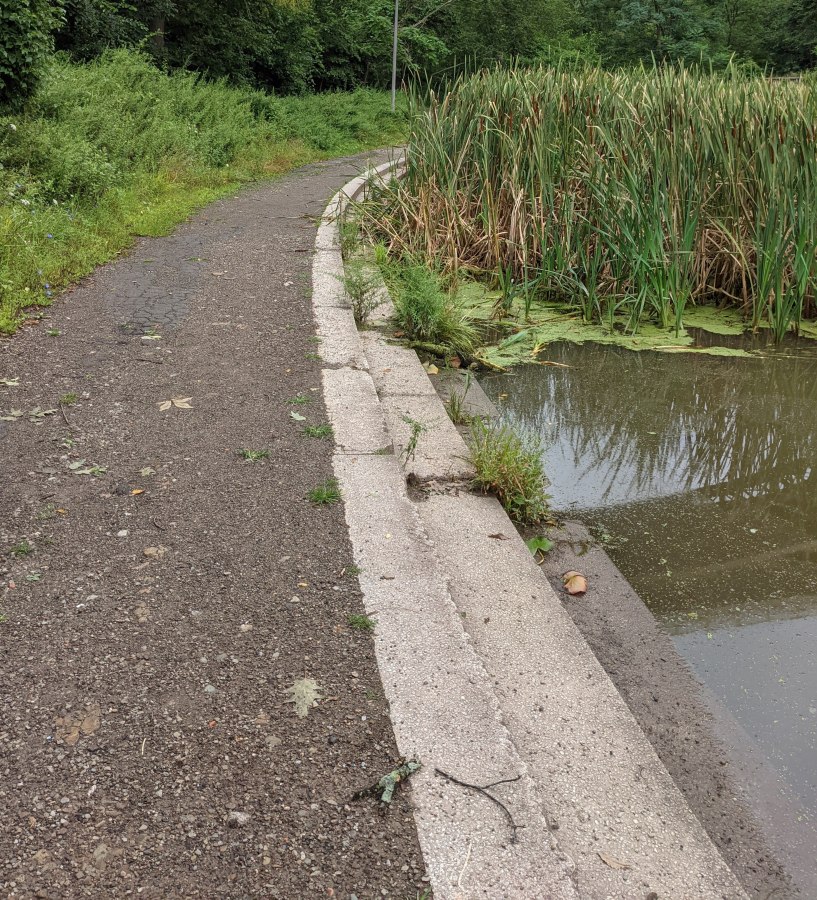
It also proposed daylighting Four Mile Run in Junction Hollow — in other words, making it flow on the surface in daylight instead of in a pipe underground. Here’s an example of a daylighted stream in Yonkers.
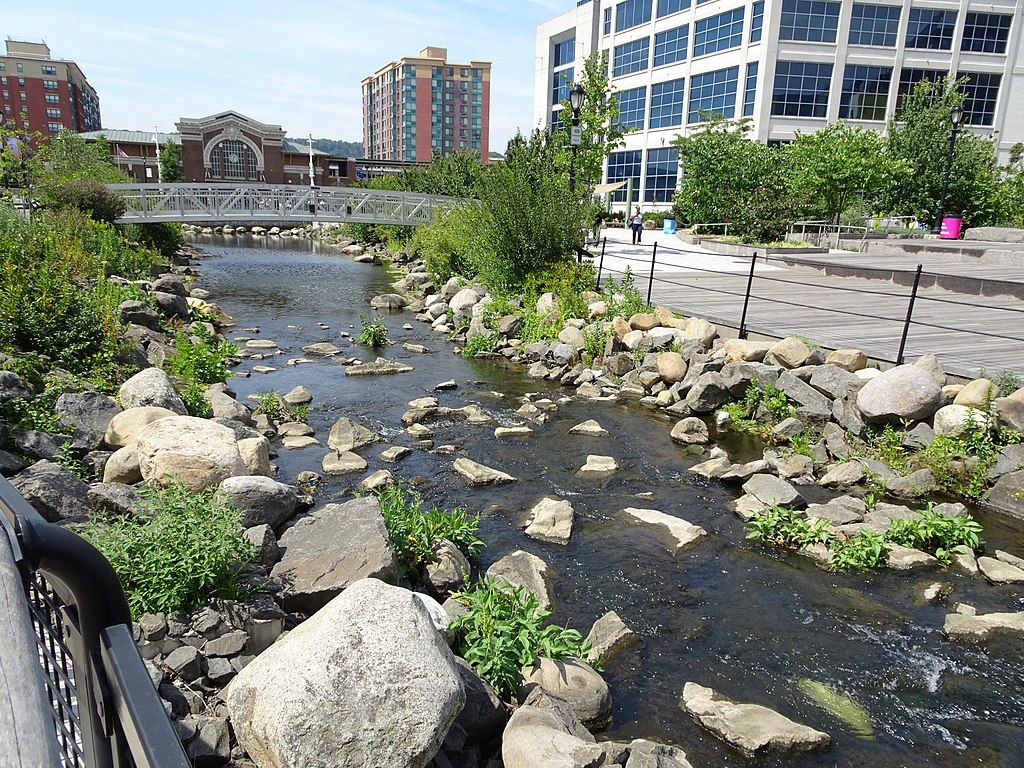
But when the plans were submitted for approval big problems halted the project. Here’s what stood in the way, quoted from the PGH2O presentation on 14 Nov 2022 (my comments added).
- DEP’s review proved difficult
- DEP would not approve the dam as designed. It had to be much larger to meet current dam codes.
- Daylighting Four Mile Run in Junction Hollow would be a long permitting nightmare because it must be put back into a (new) pipe to get under the railroad and Second Ave on its way to the Monongahela River.
- The dam would have to be placed on railroad property and the railroad had already said no.
So PWSA updated the project to solve the biggest problem — flooding in The Run. Described in a public meeting on 14 Nov 2022, the revised project map shows no work in Schenley Park. All work will occur in The Run.

Improvements to Panther Hollow Lake are on hold again. Fortunately the flooding will be solved in The Run.
Read about the updated plan as of 14 Nov 2022 at Pittsburgh Water & Sewer Authority: Four Mile Run Stormwater Project. See the Community Presentation Powerpoint here.
(image credits and links to the originals are in the captions. Maps from pgh2o.com)

